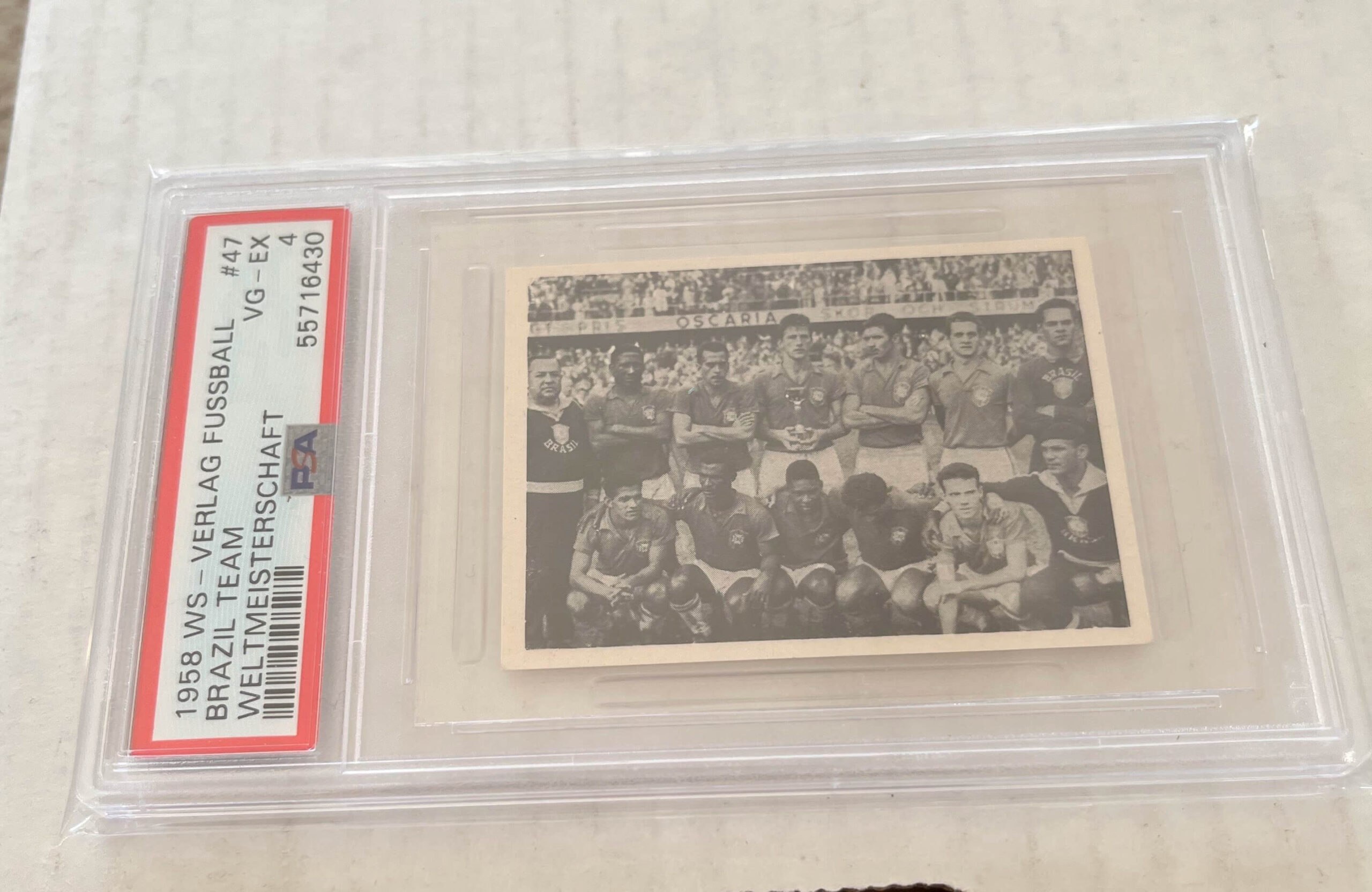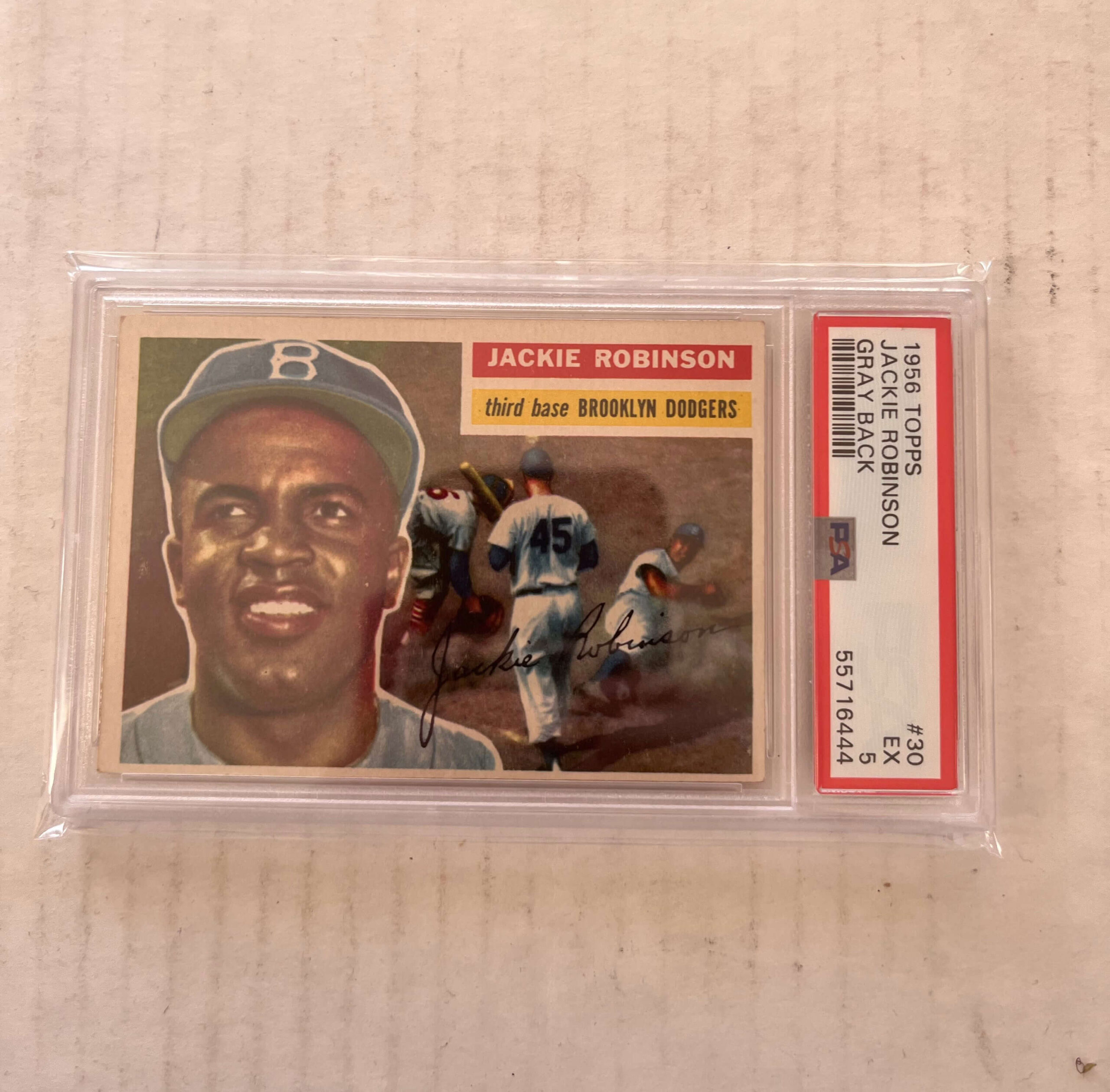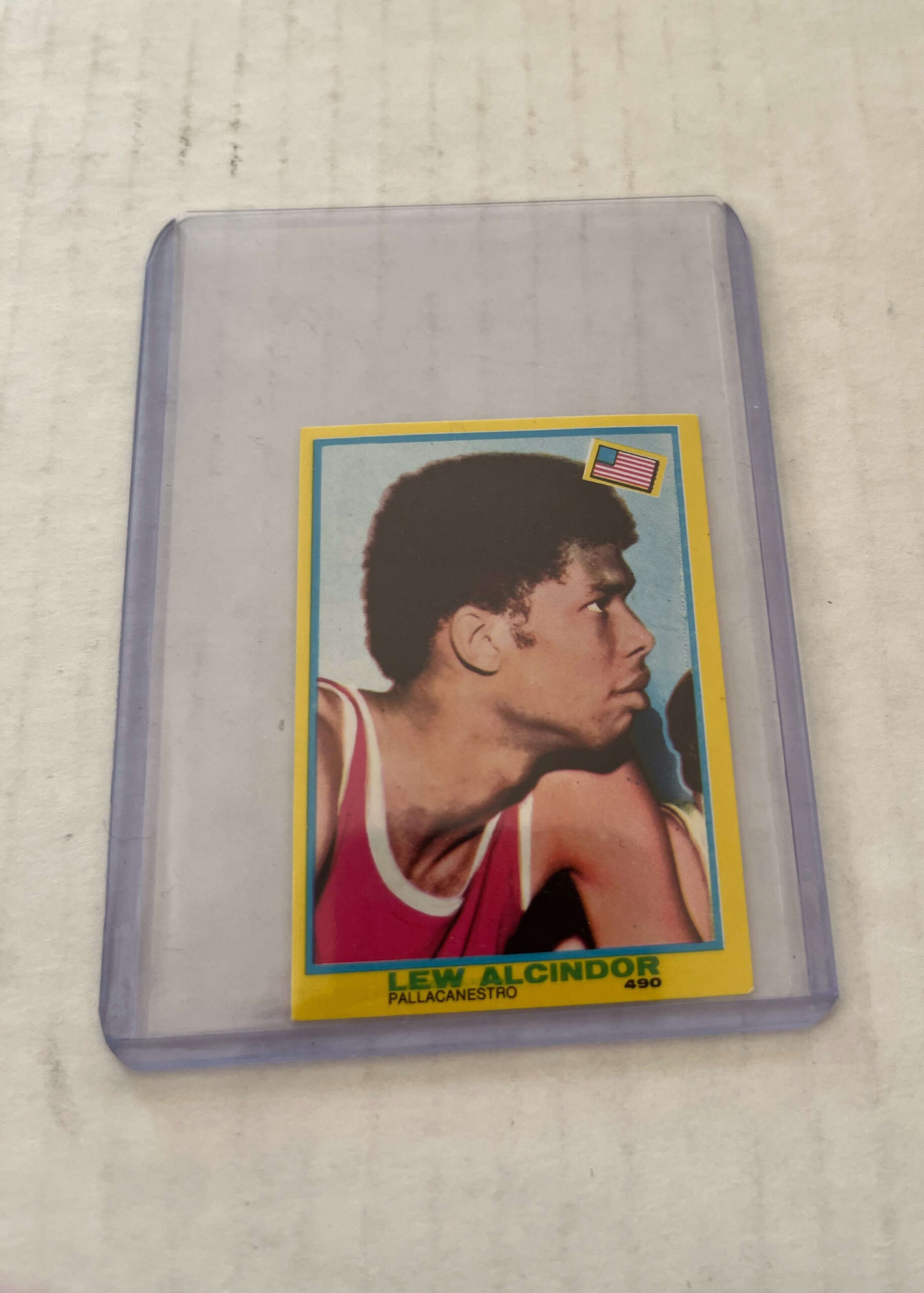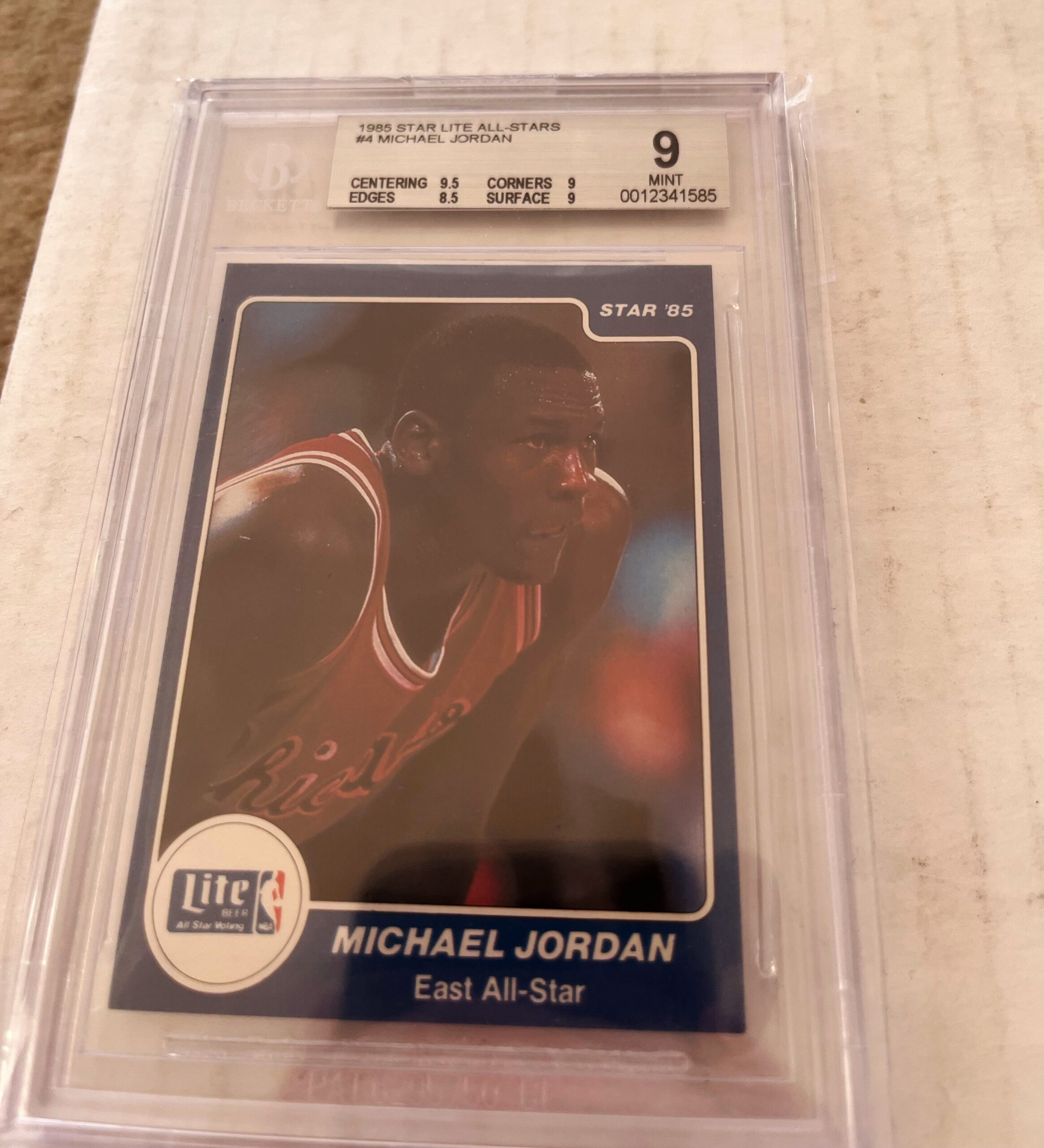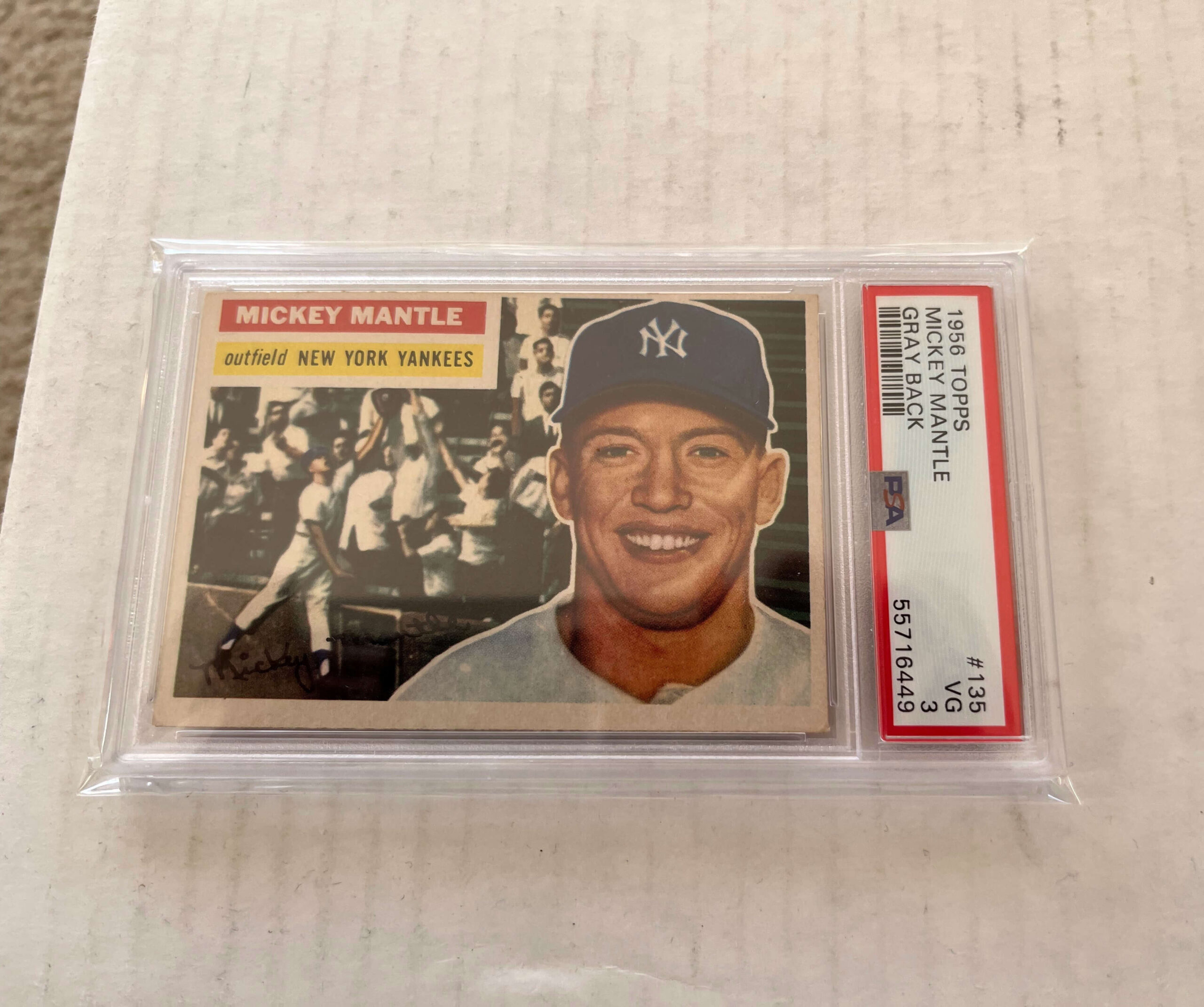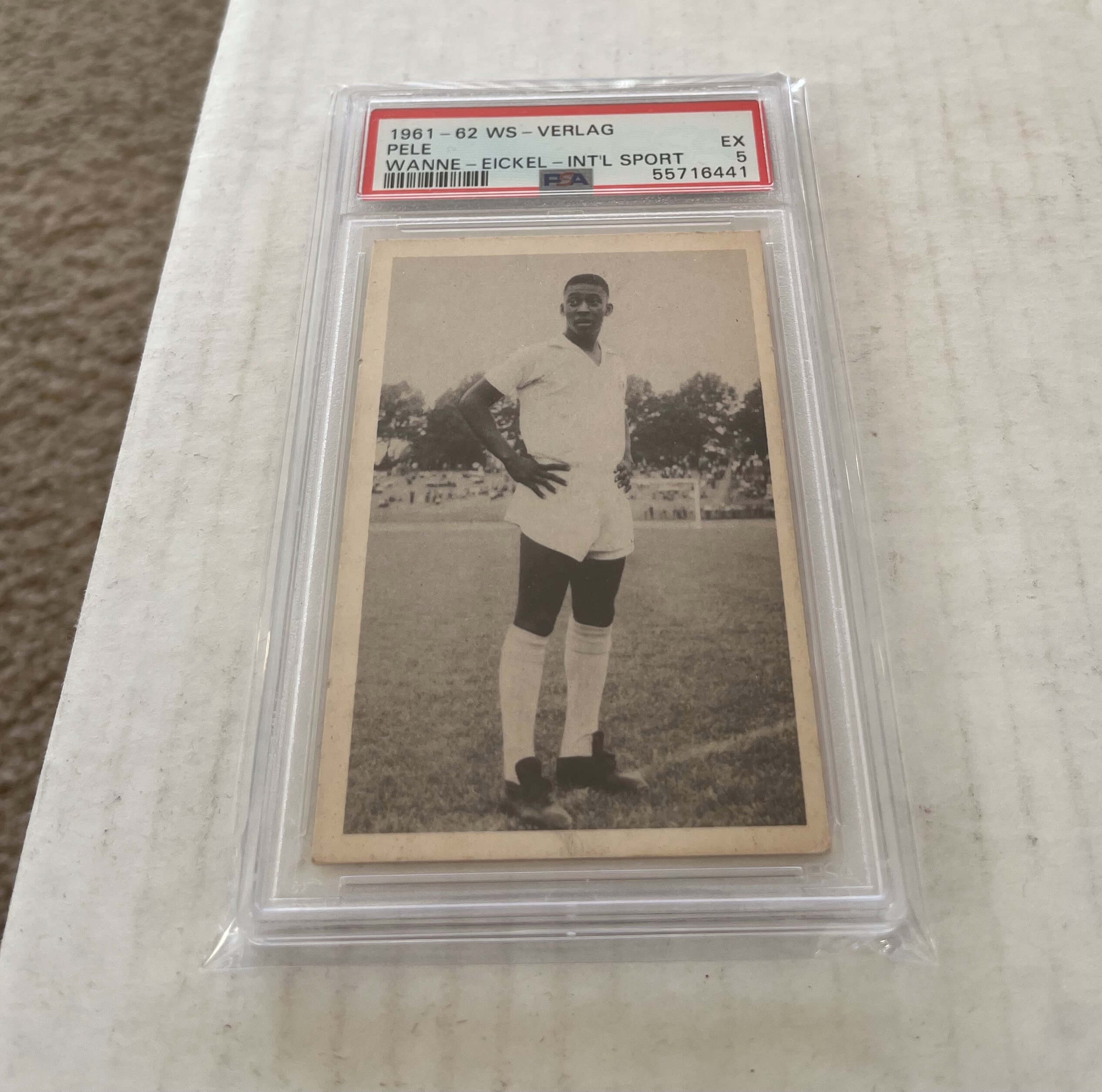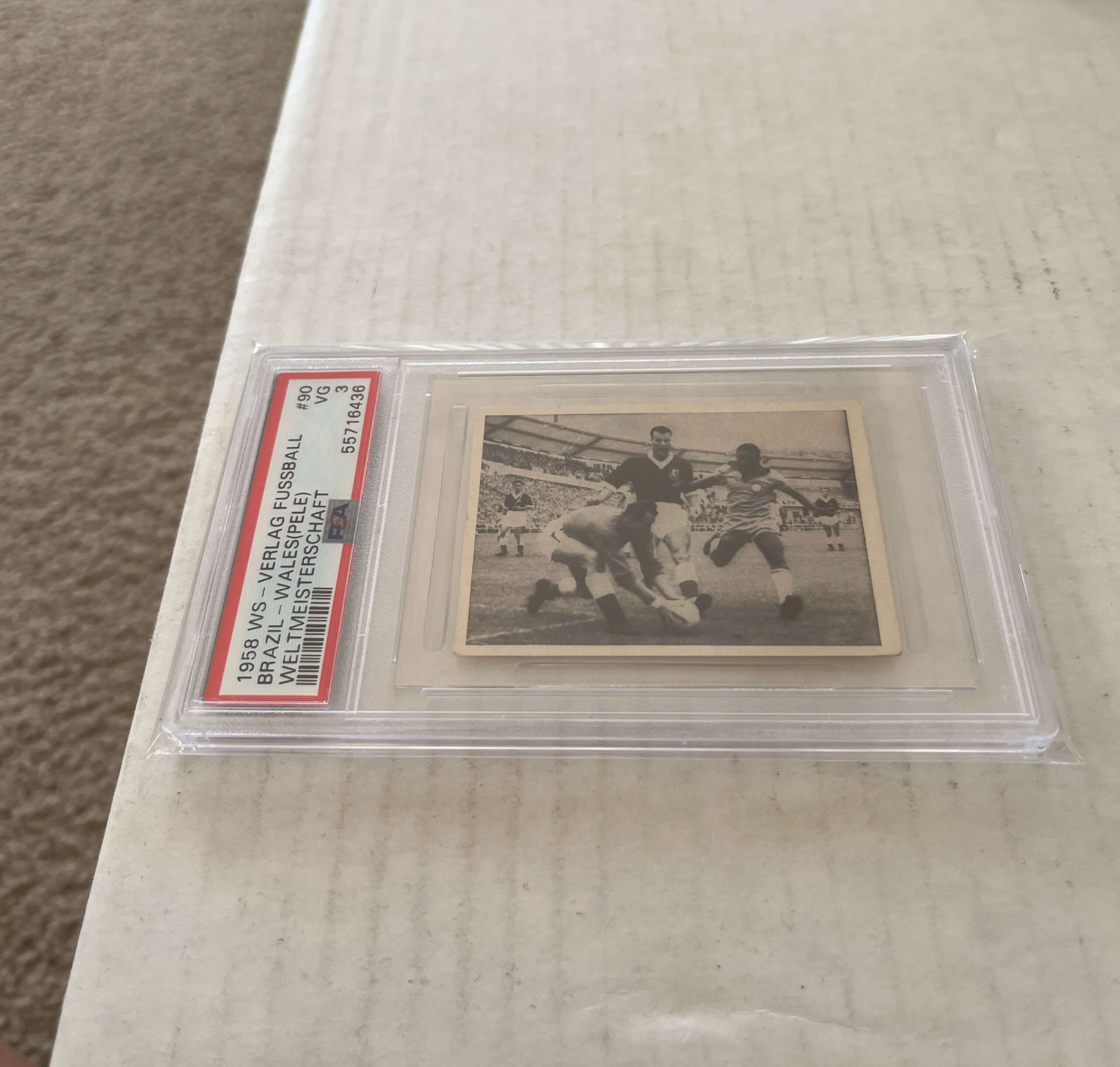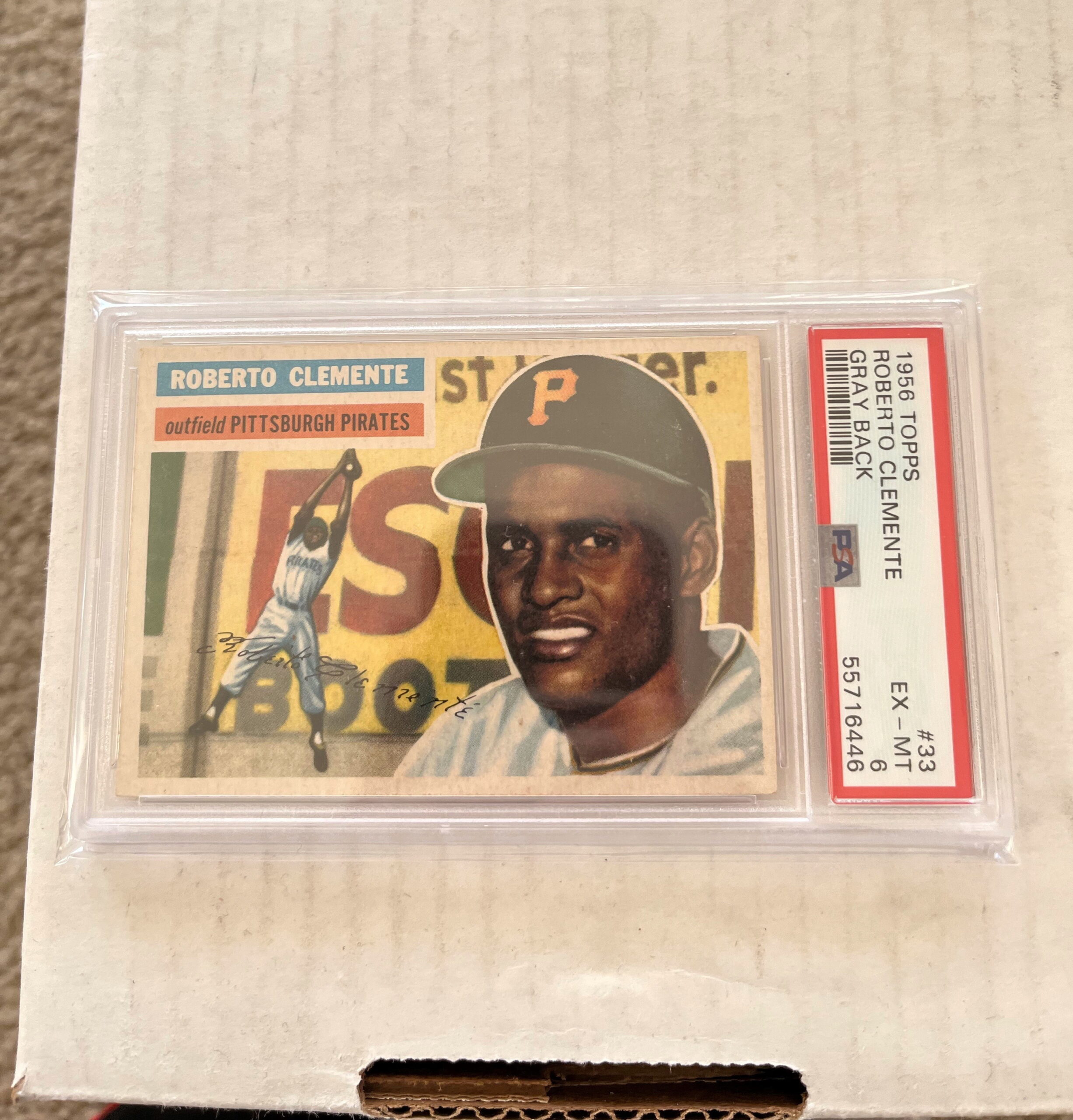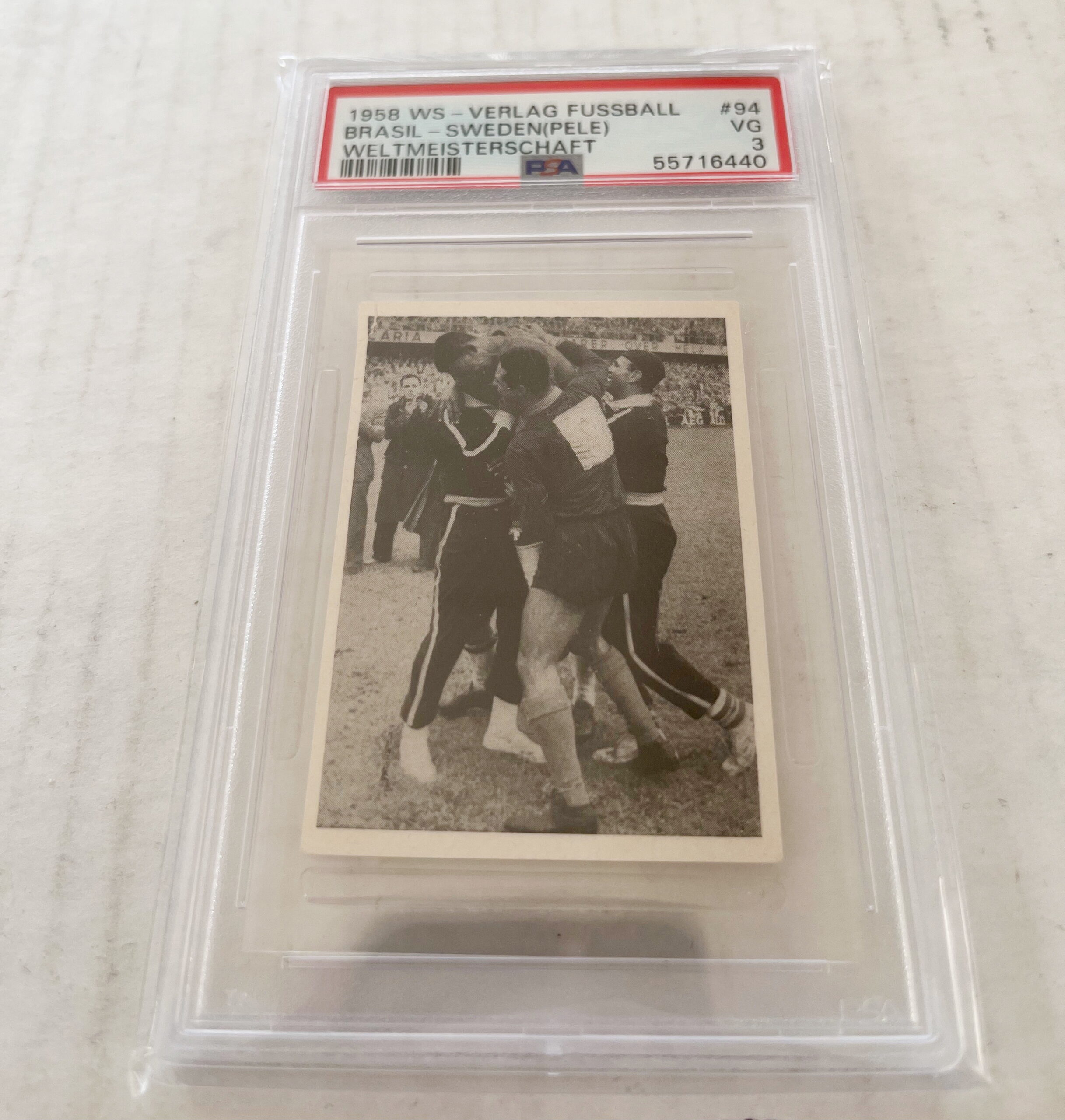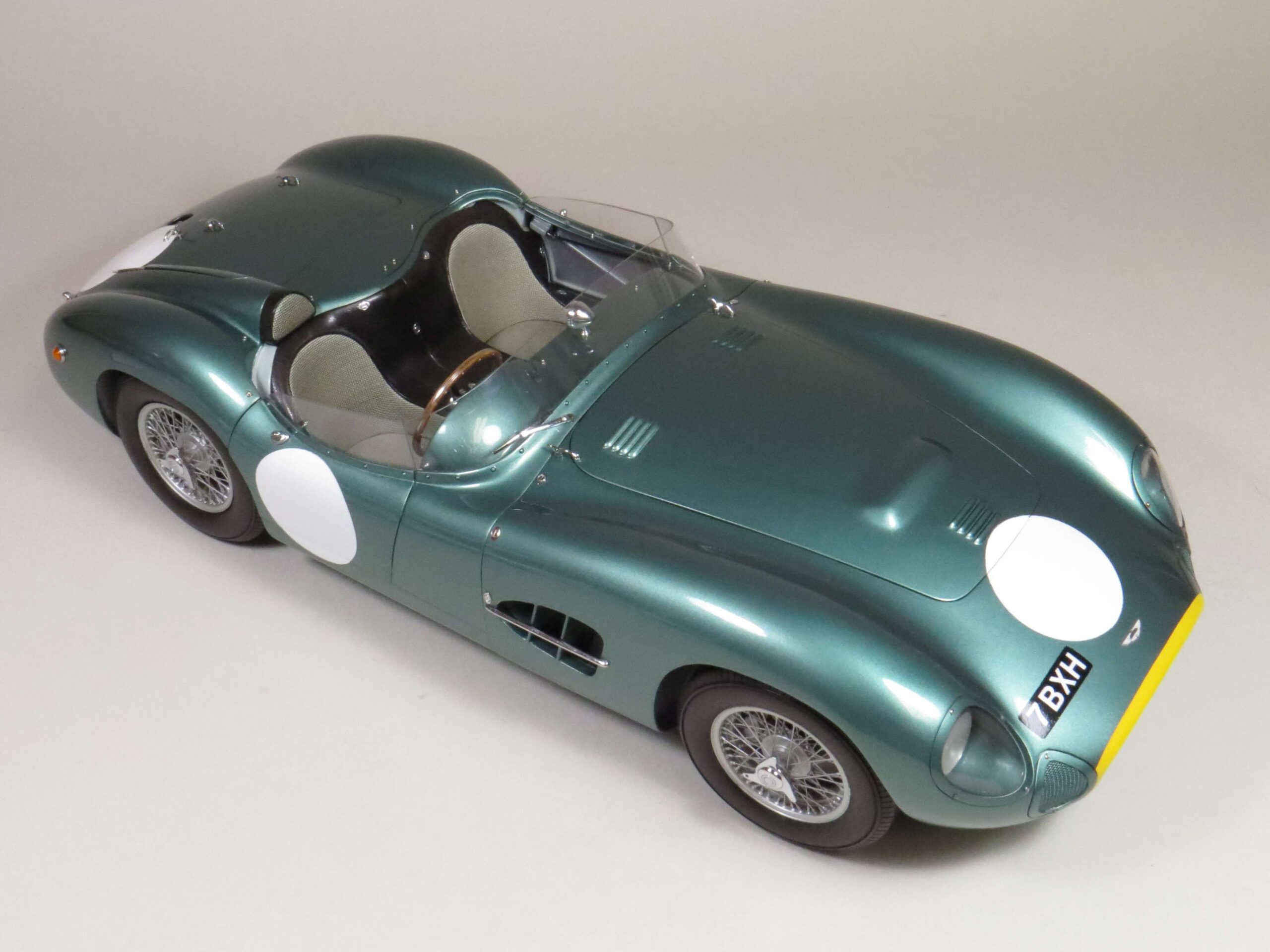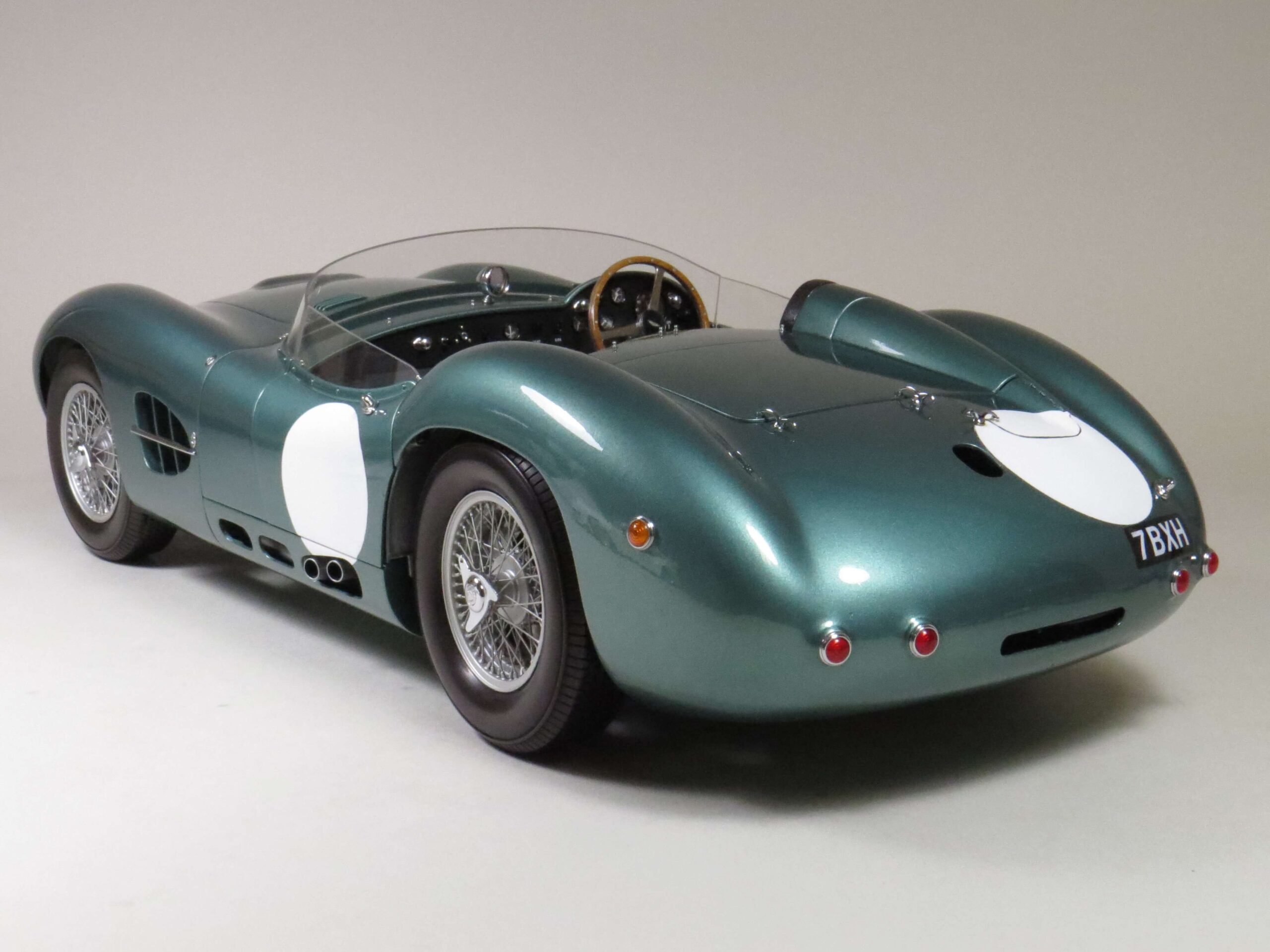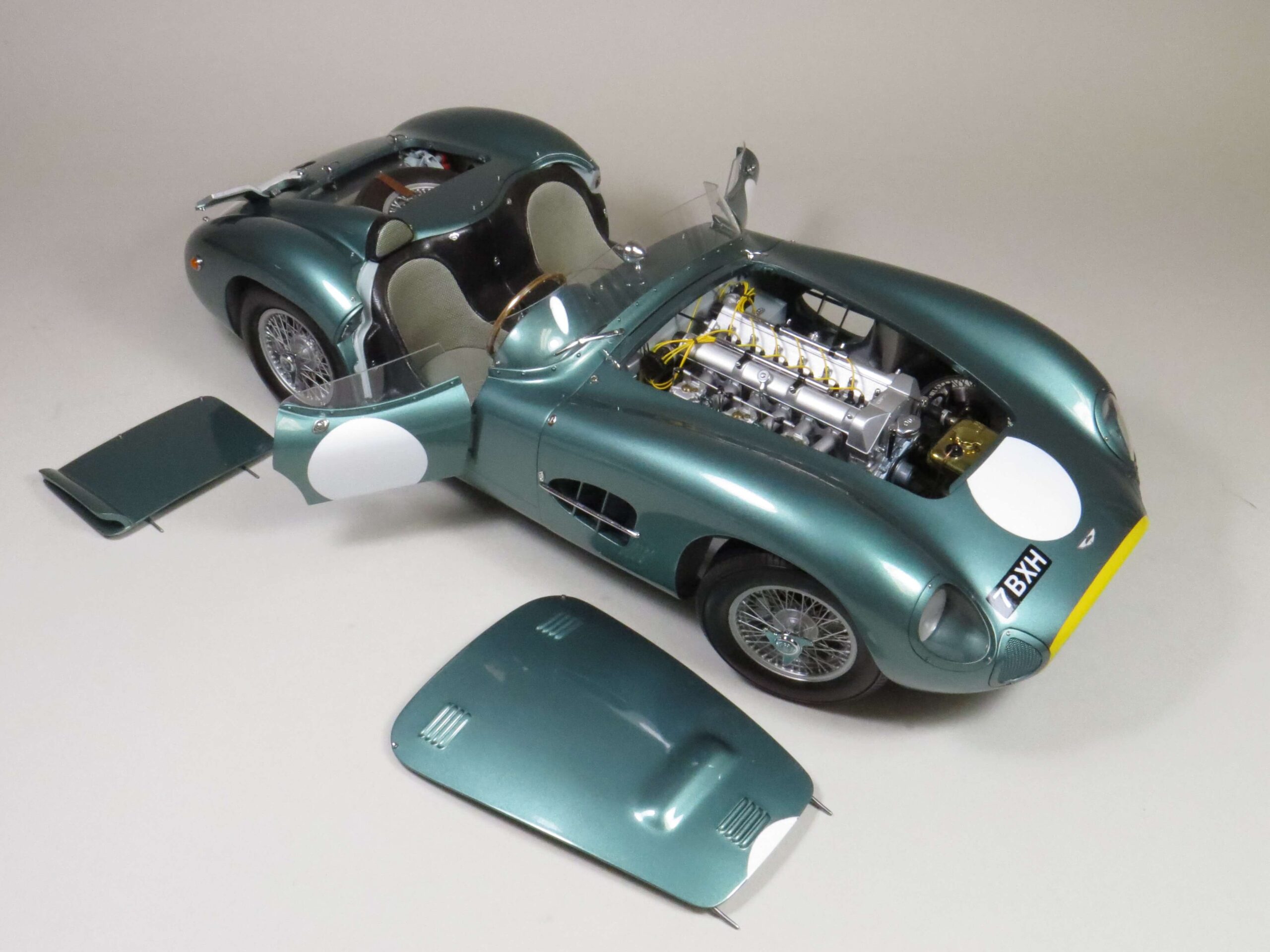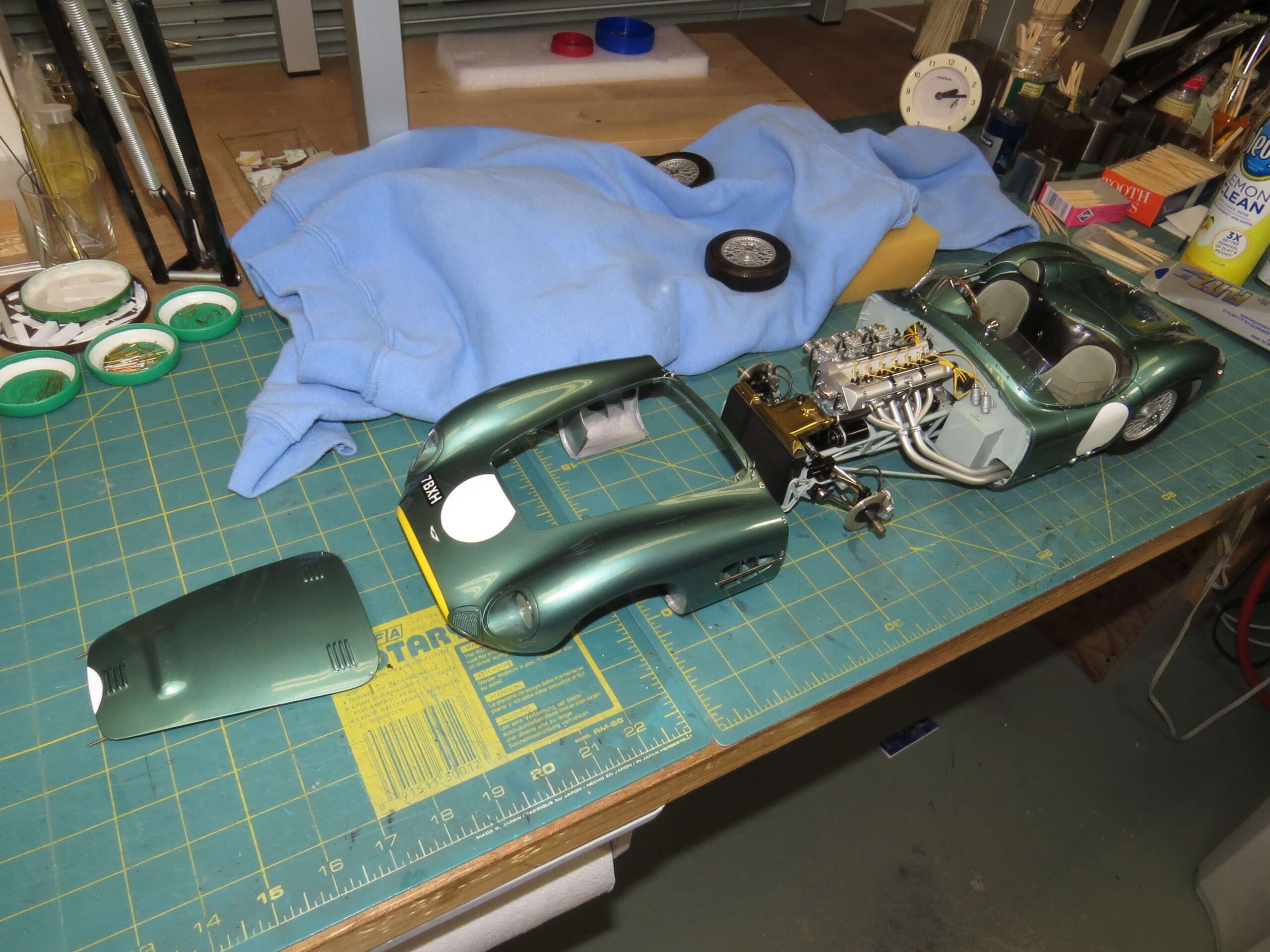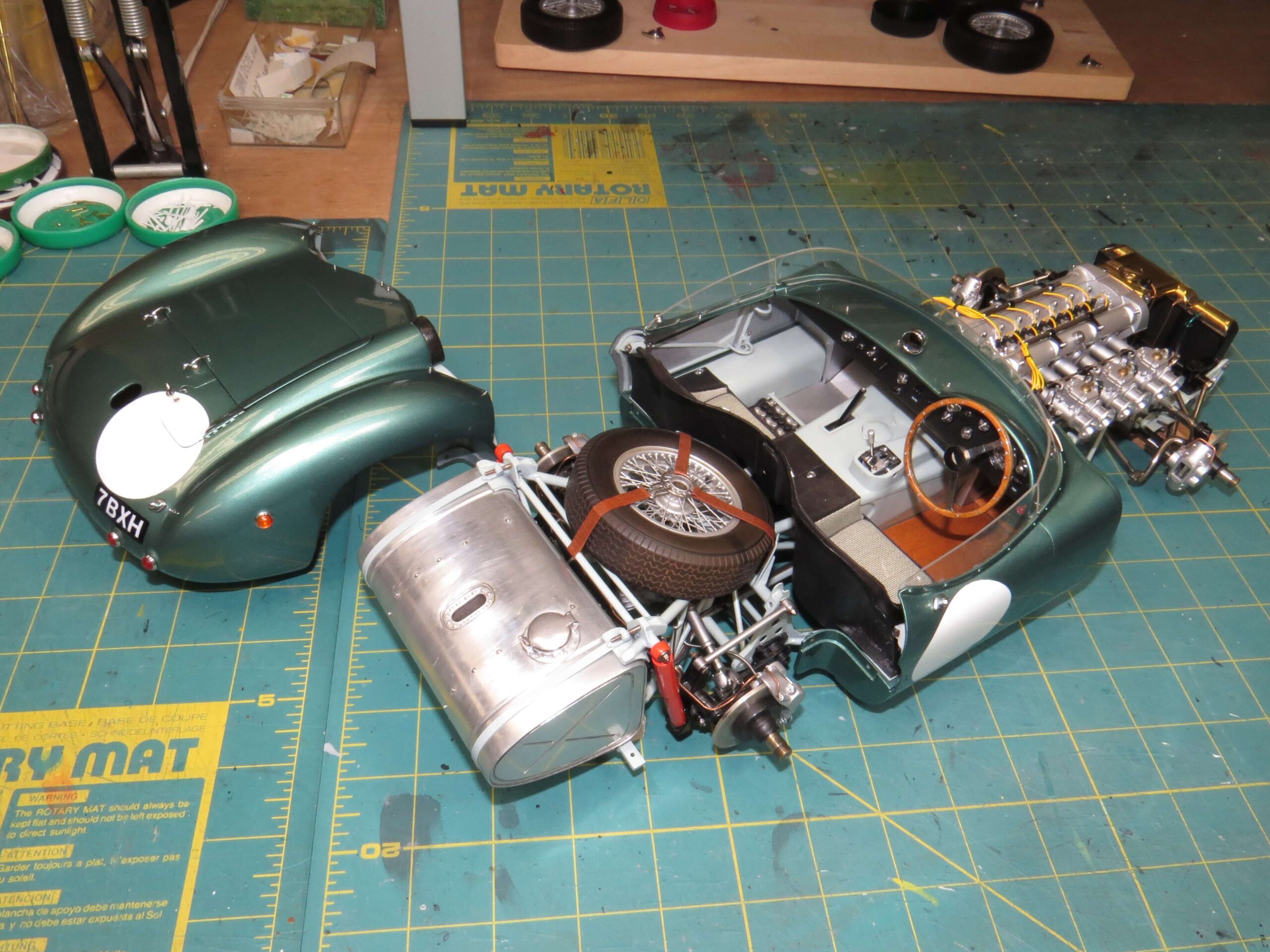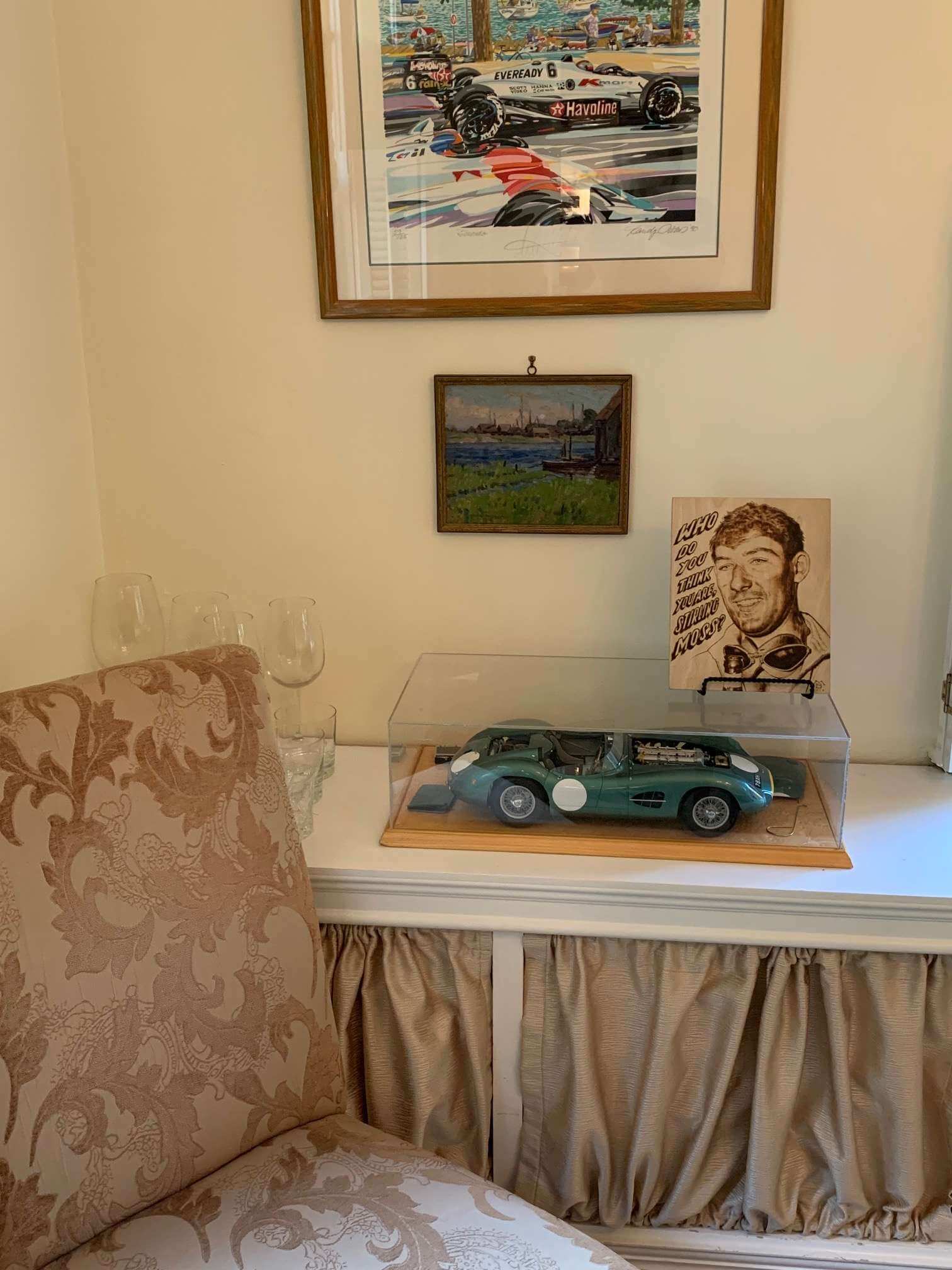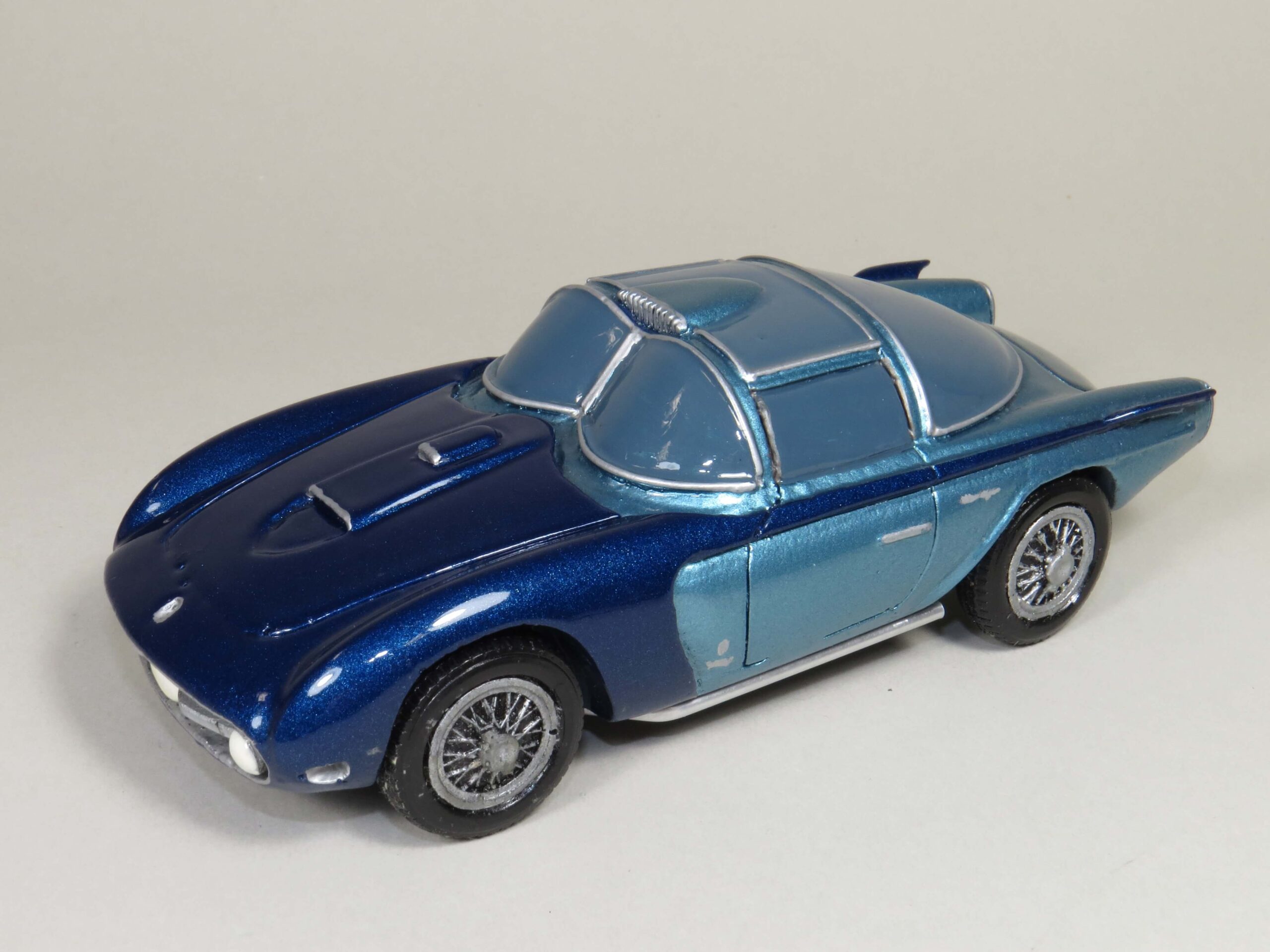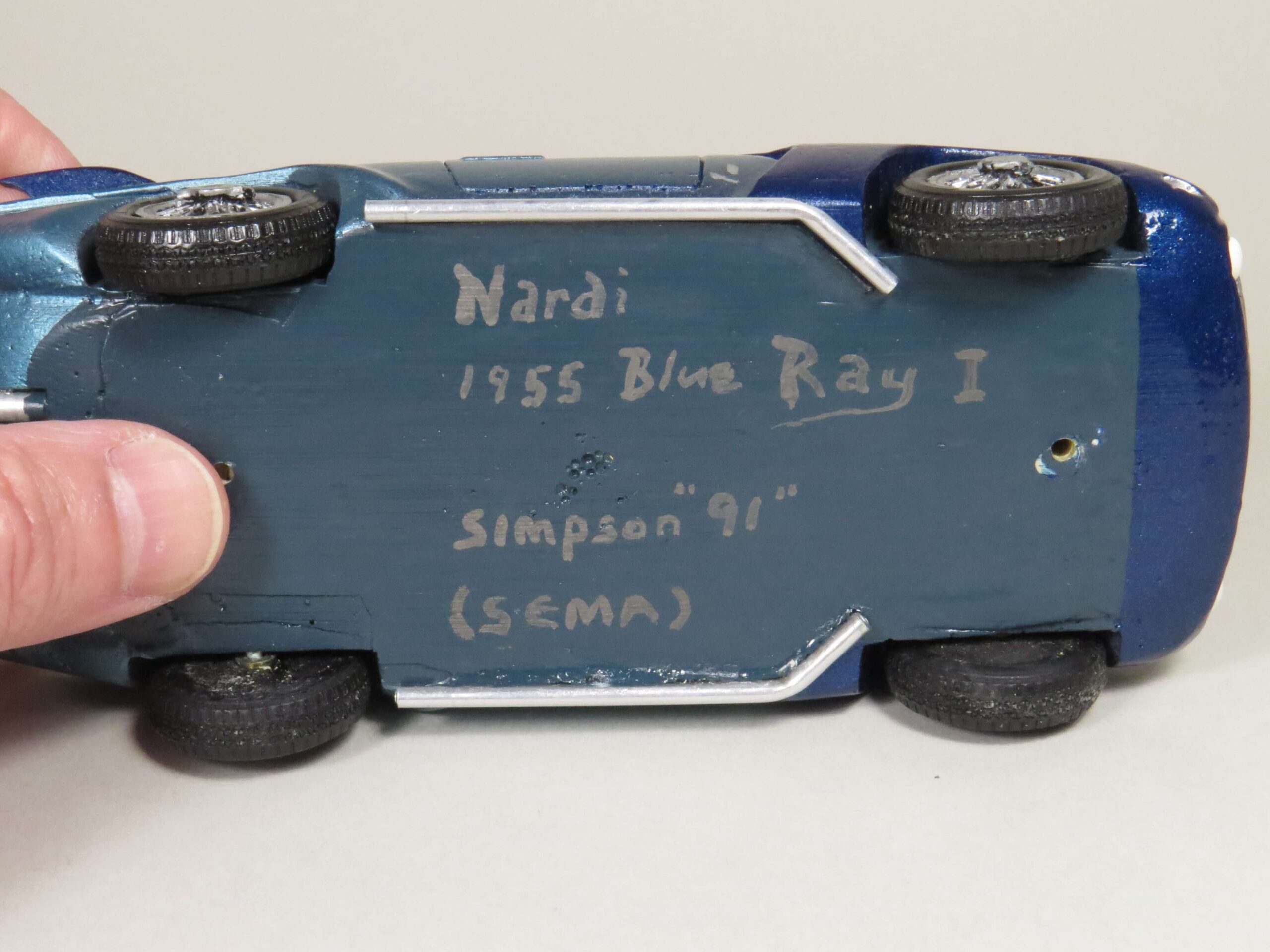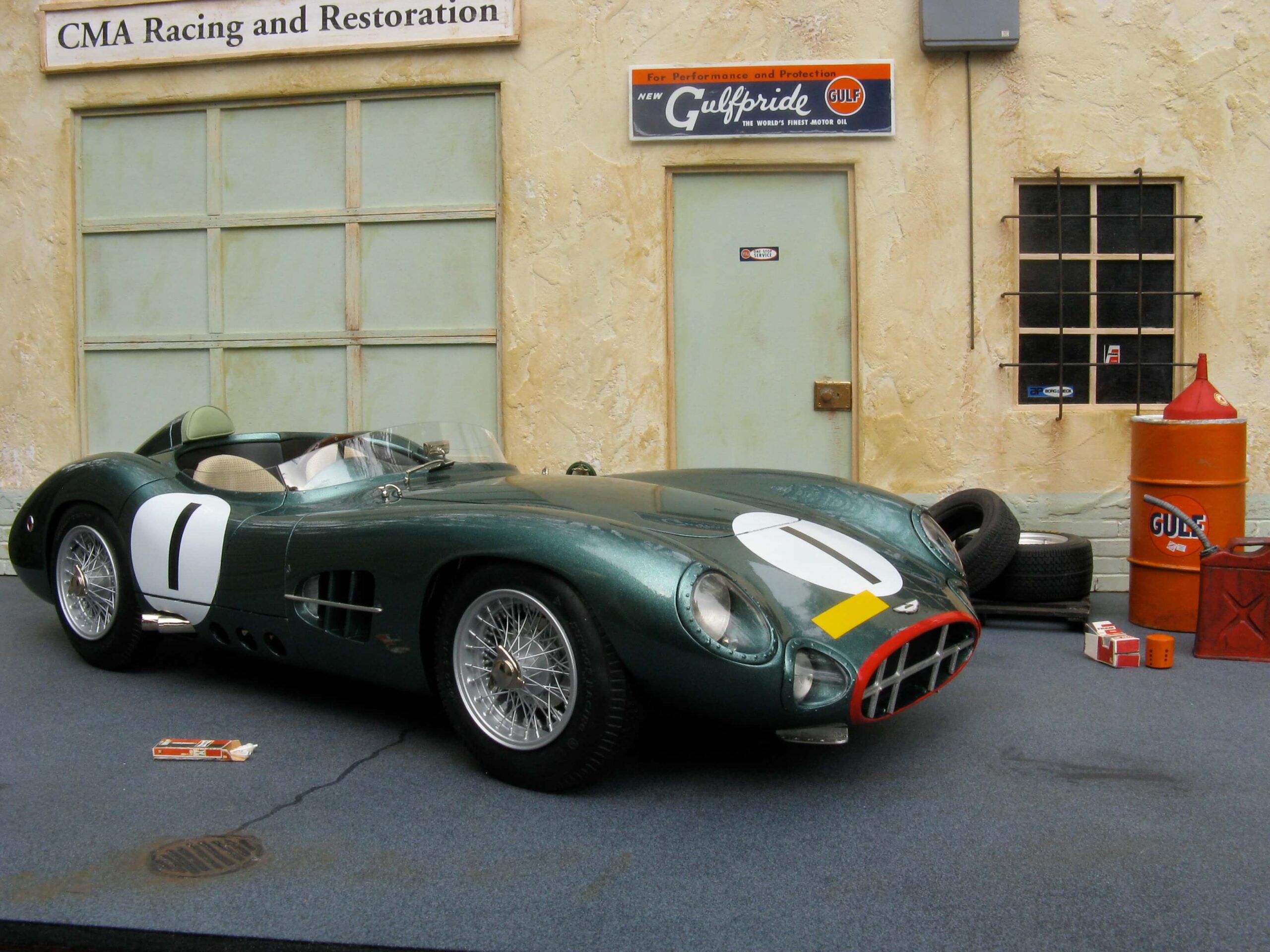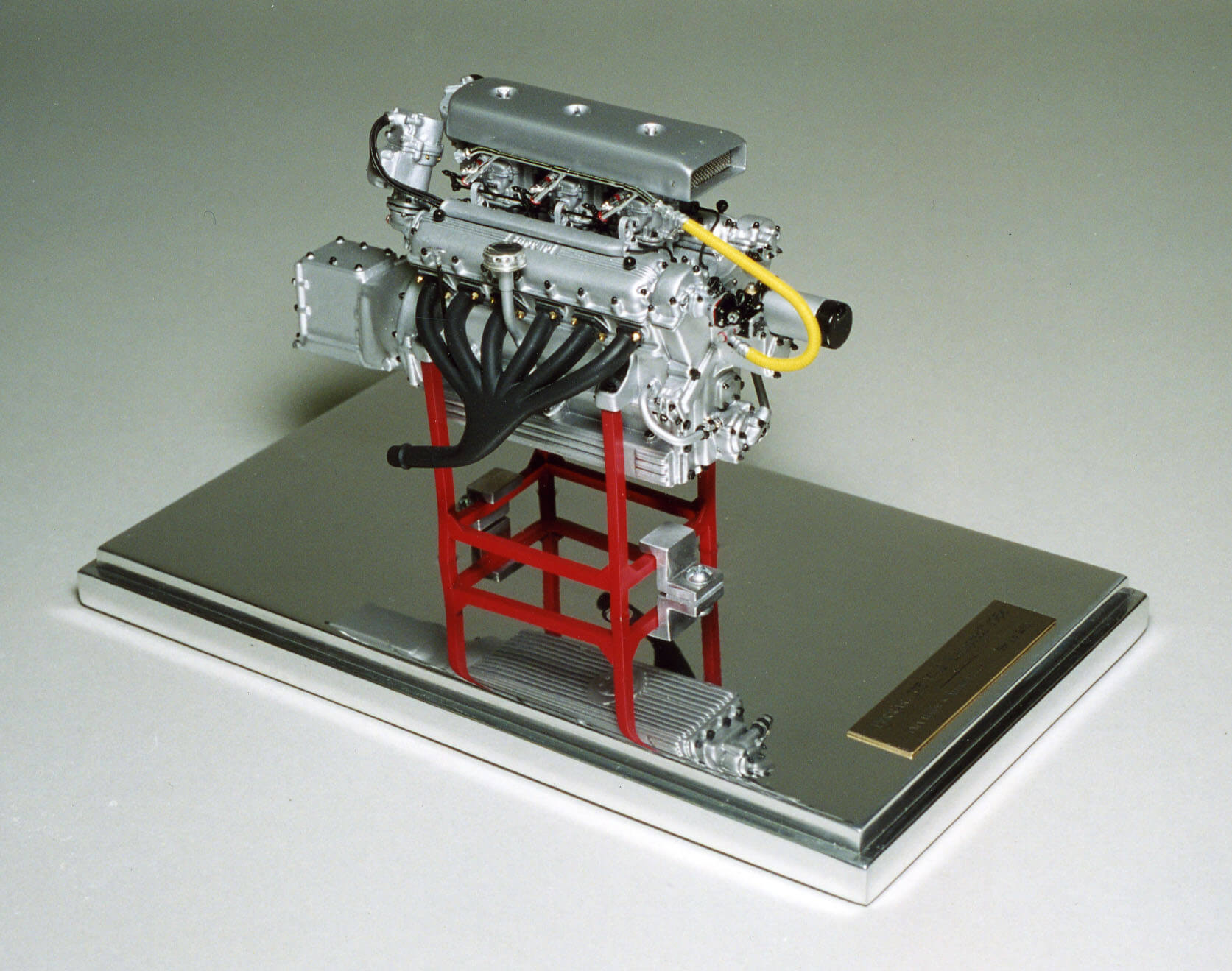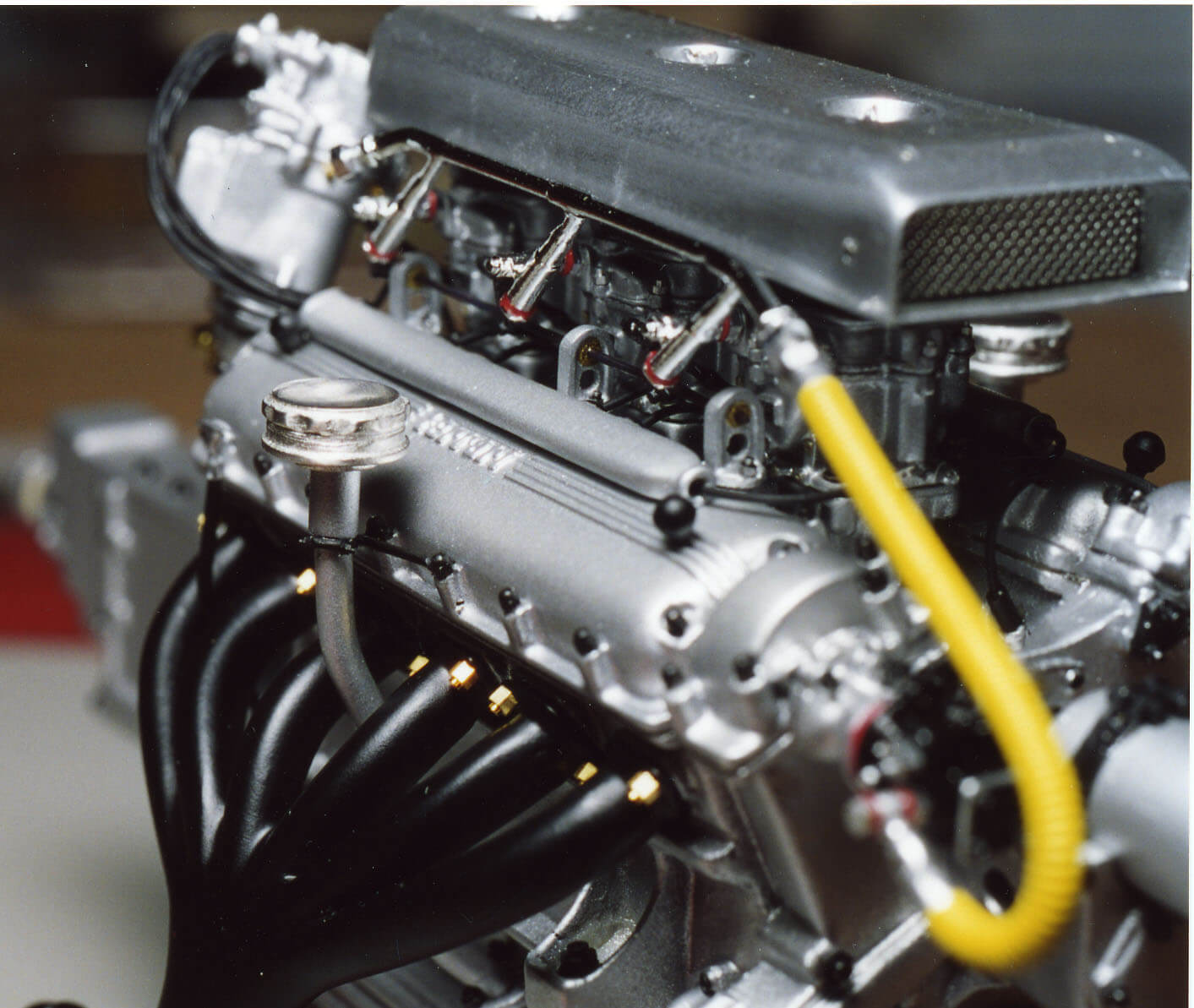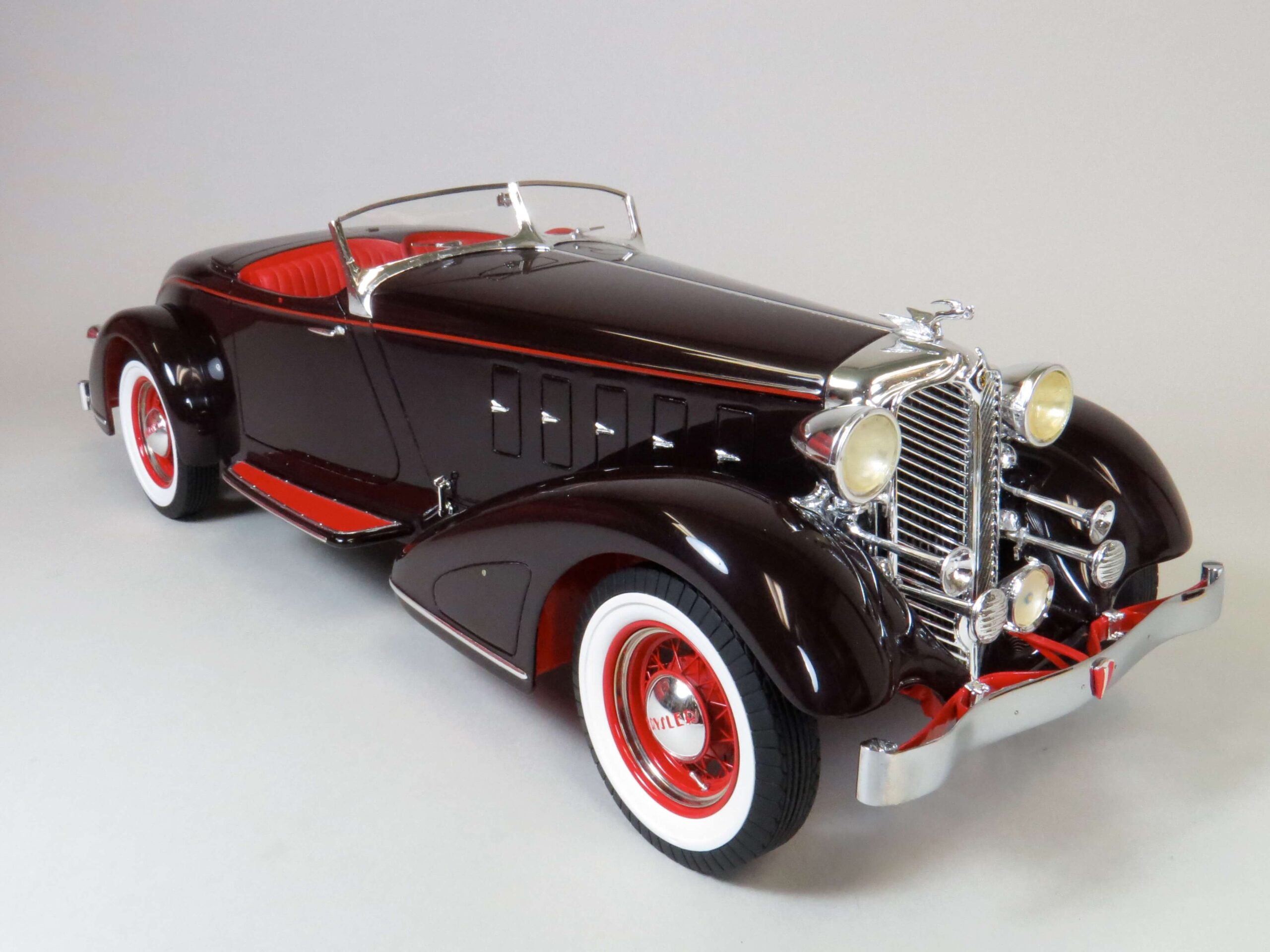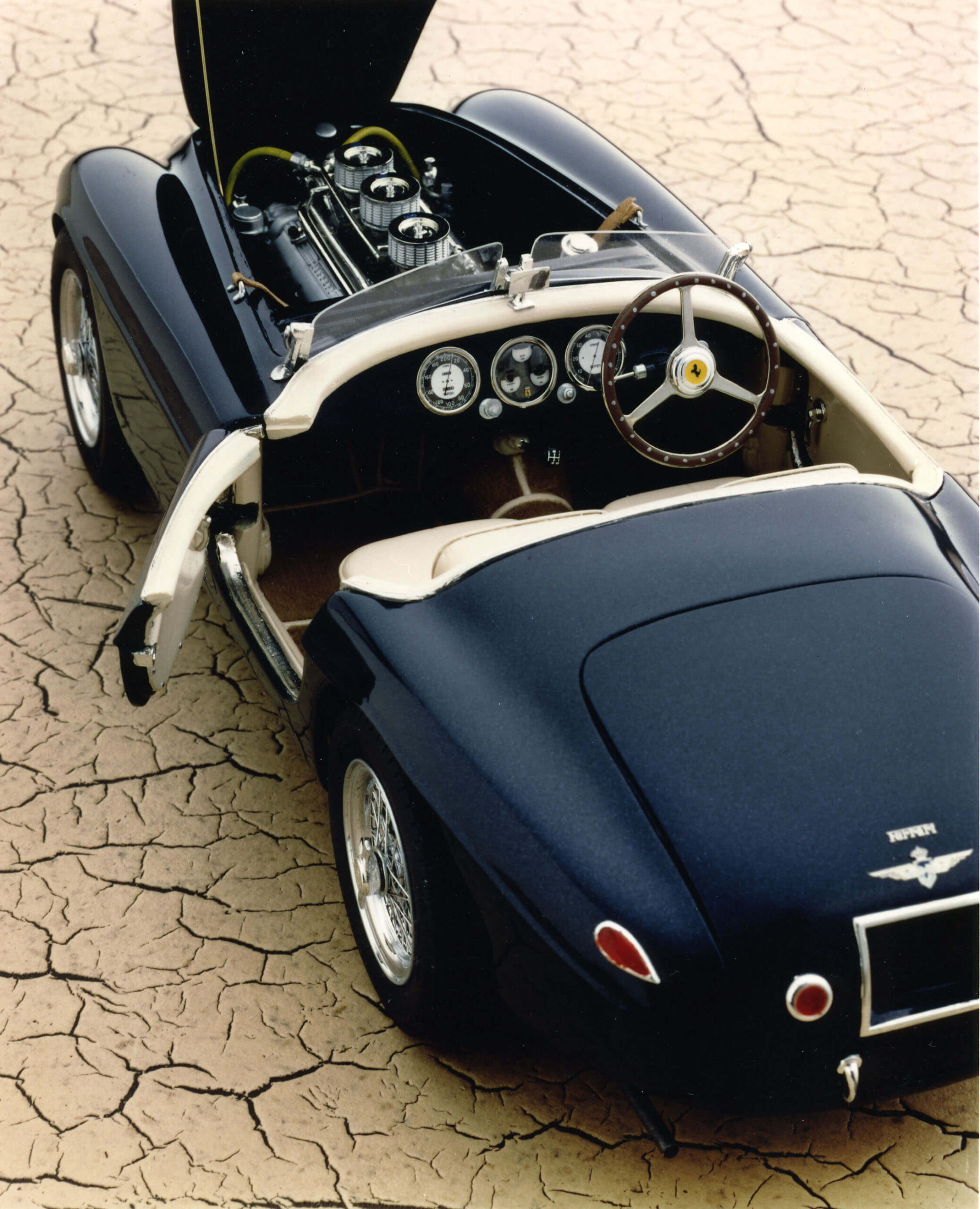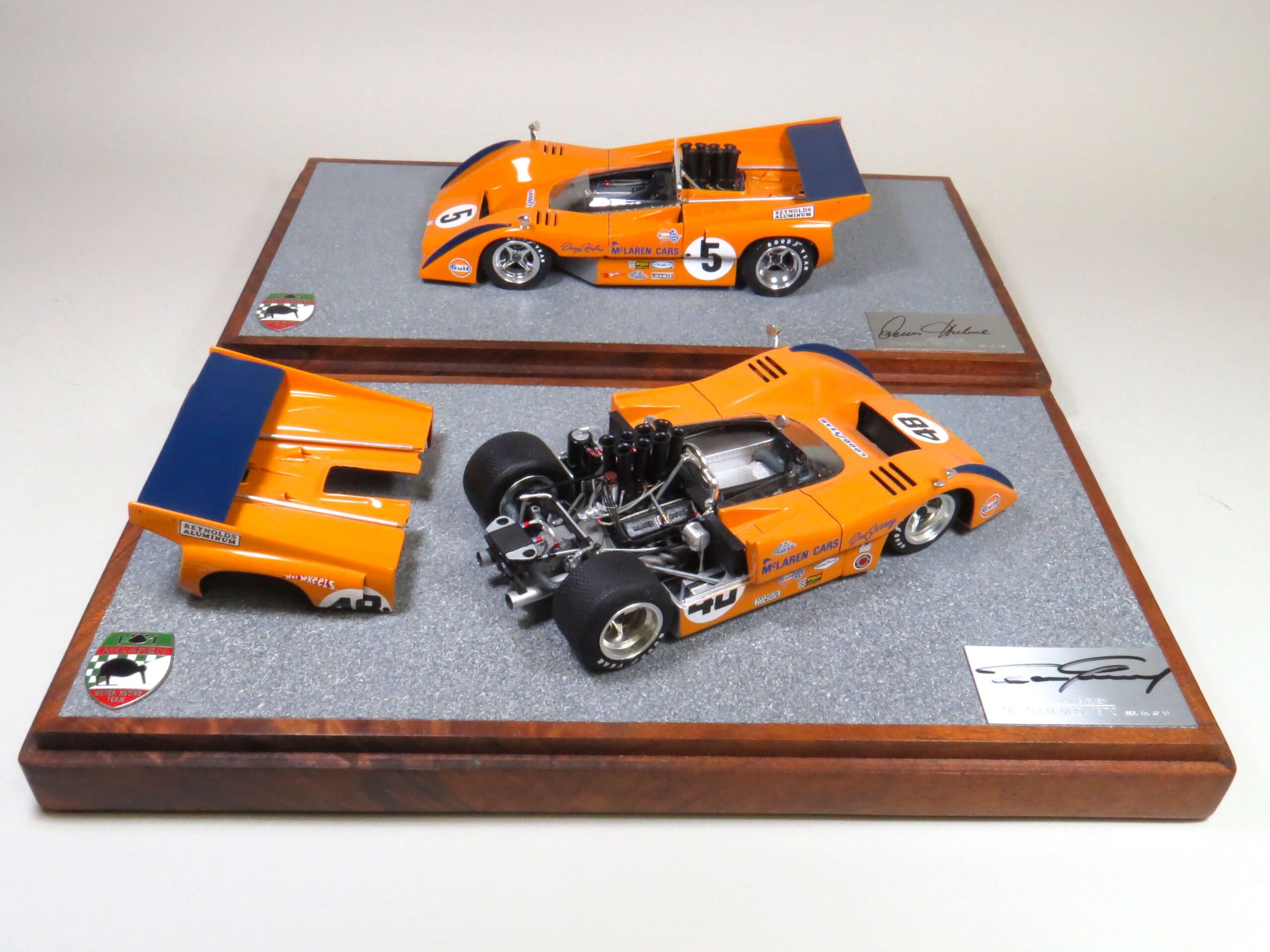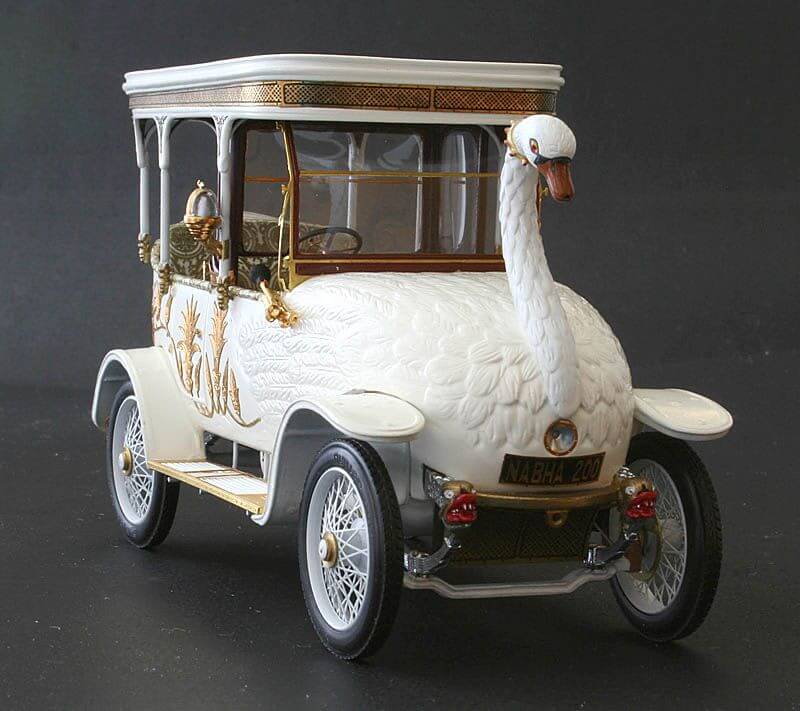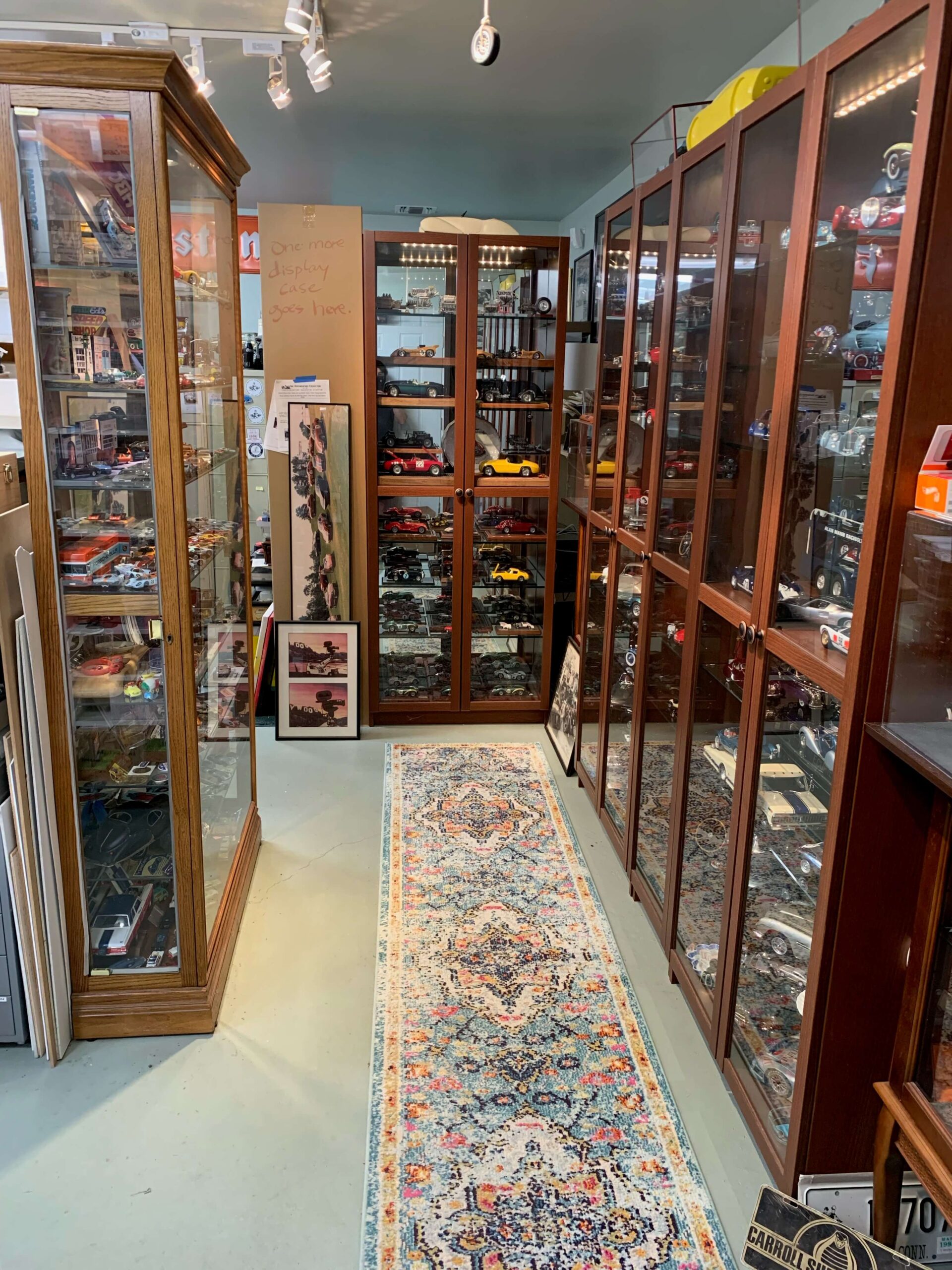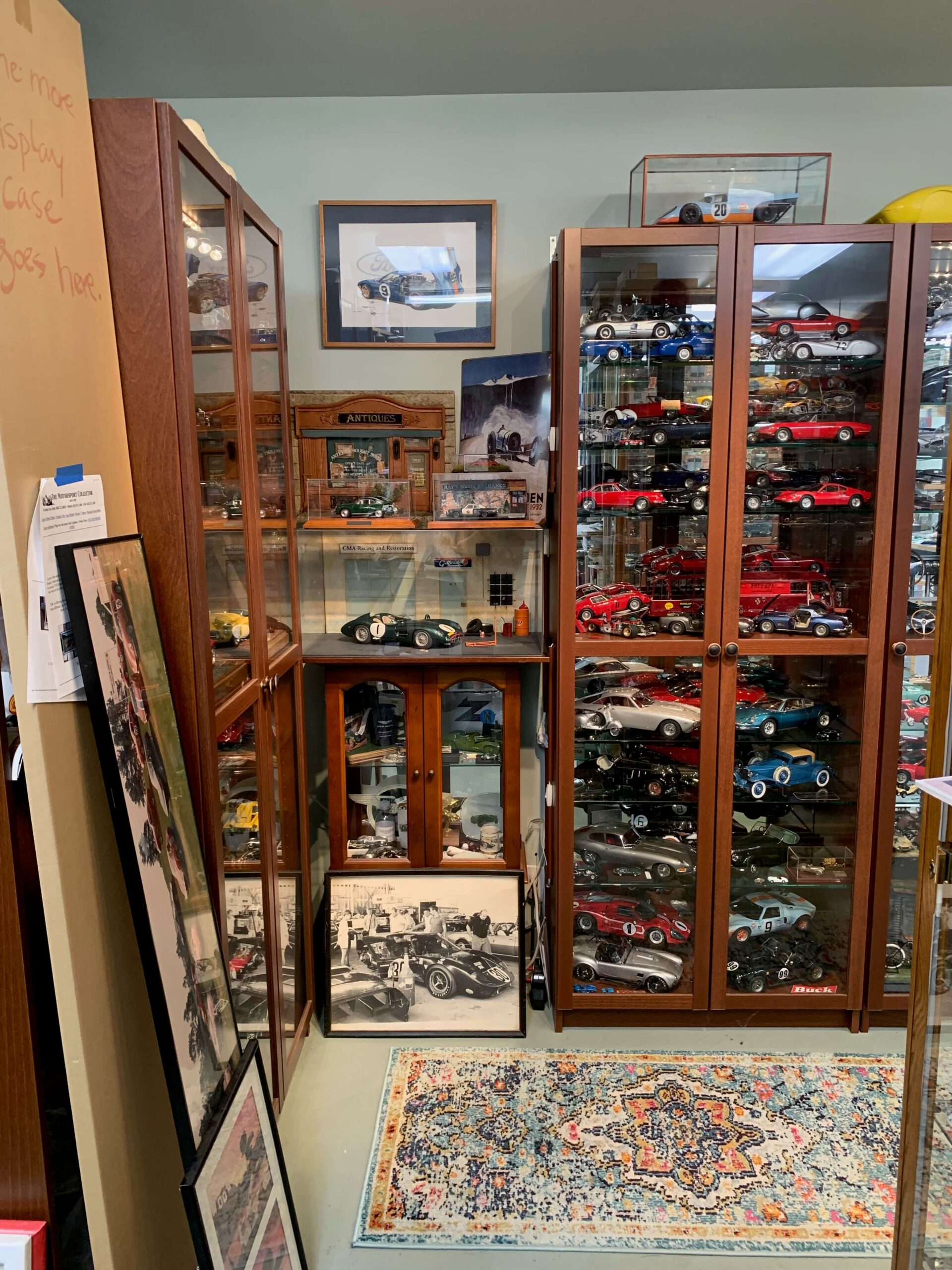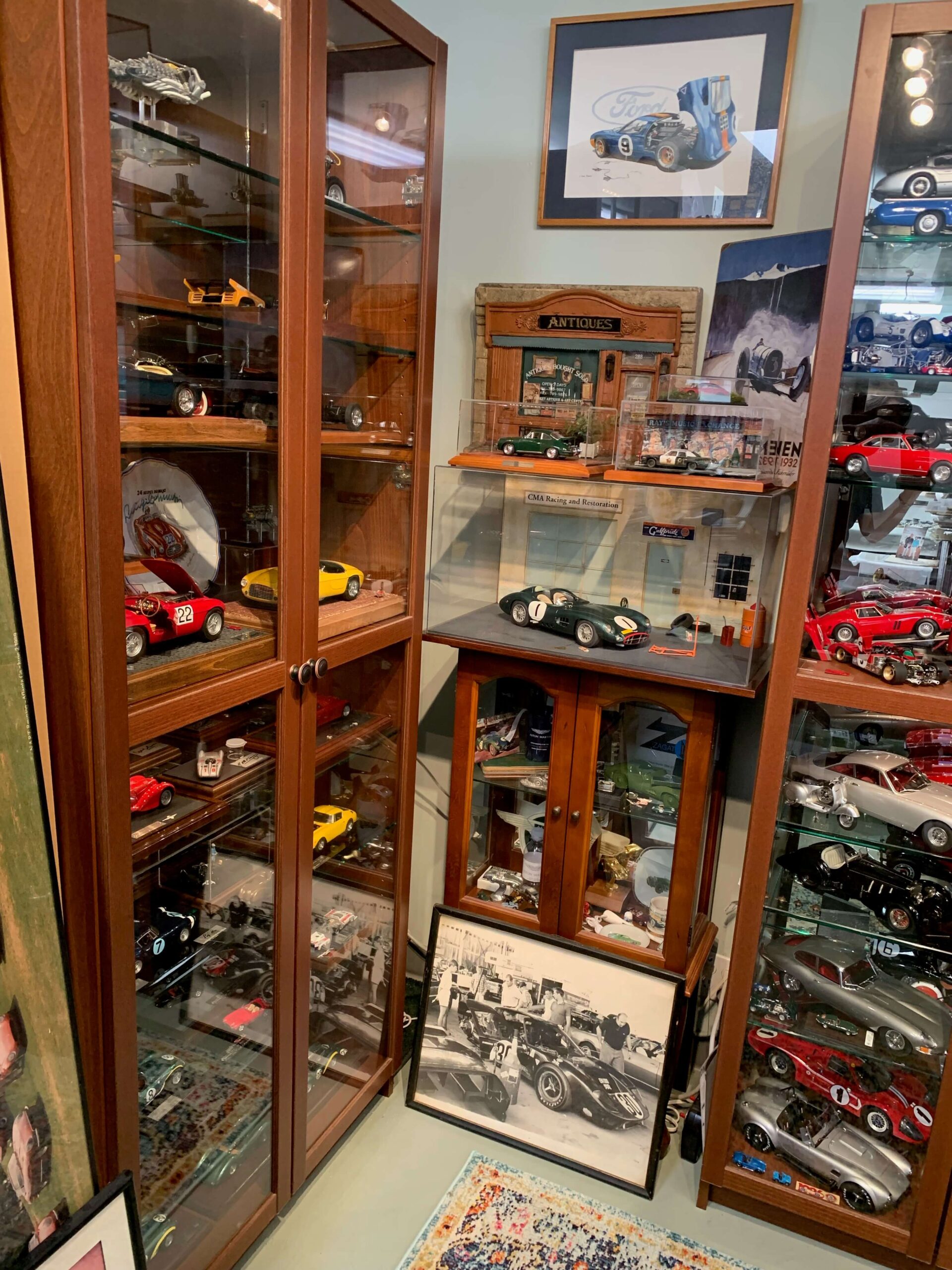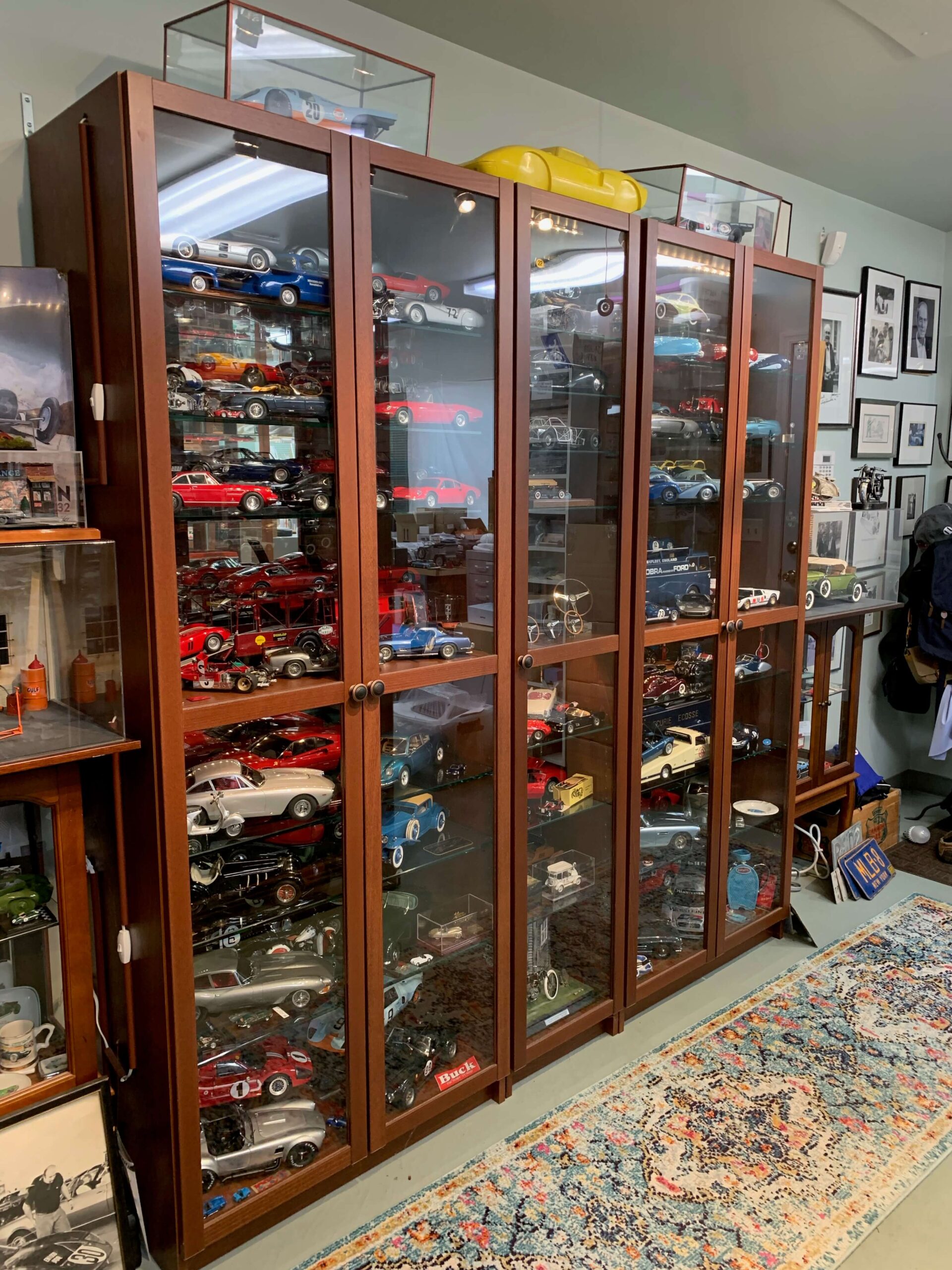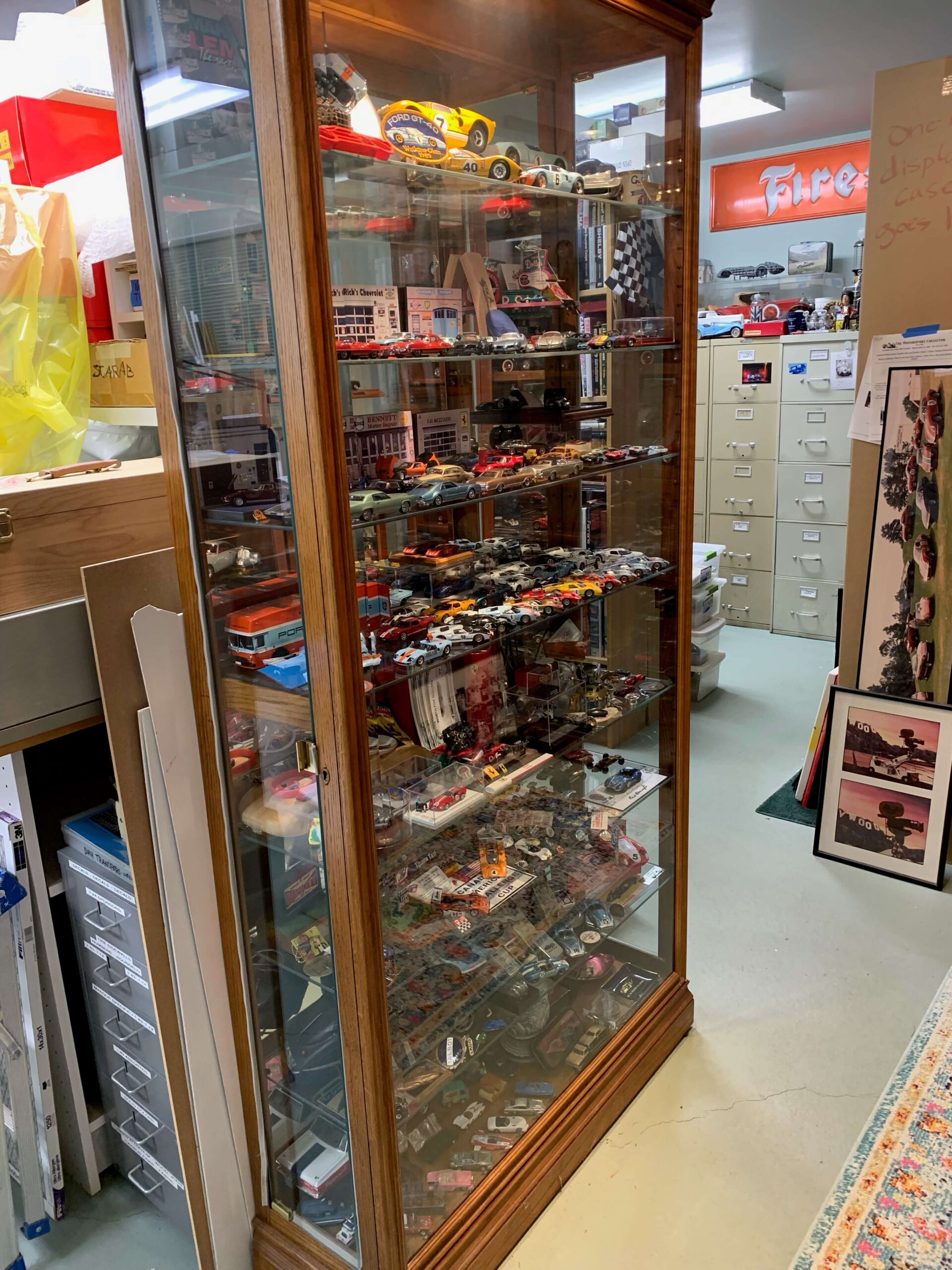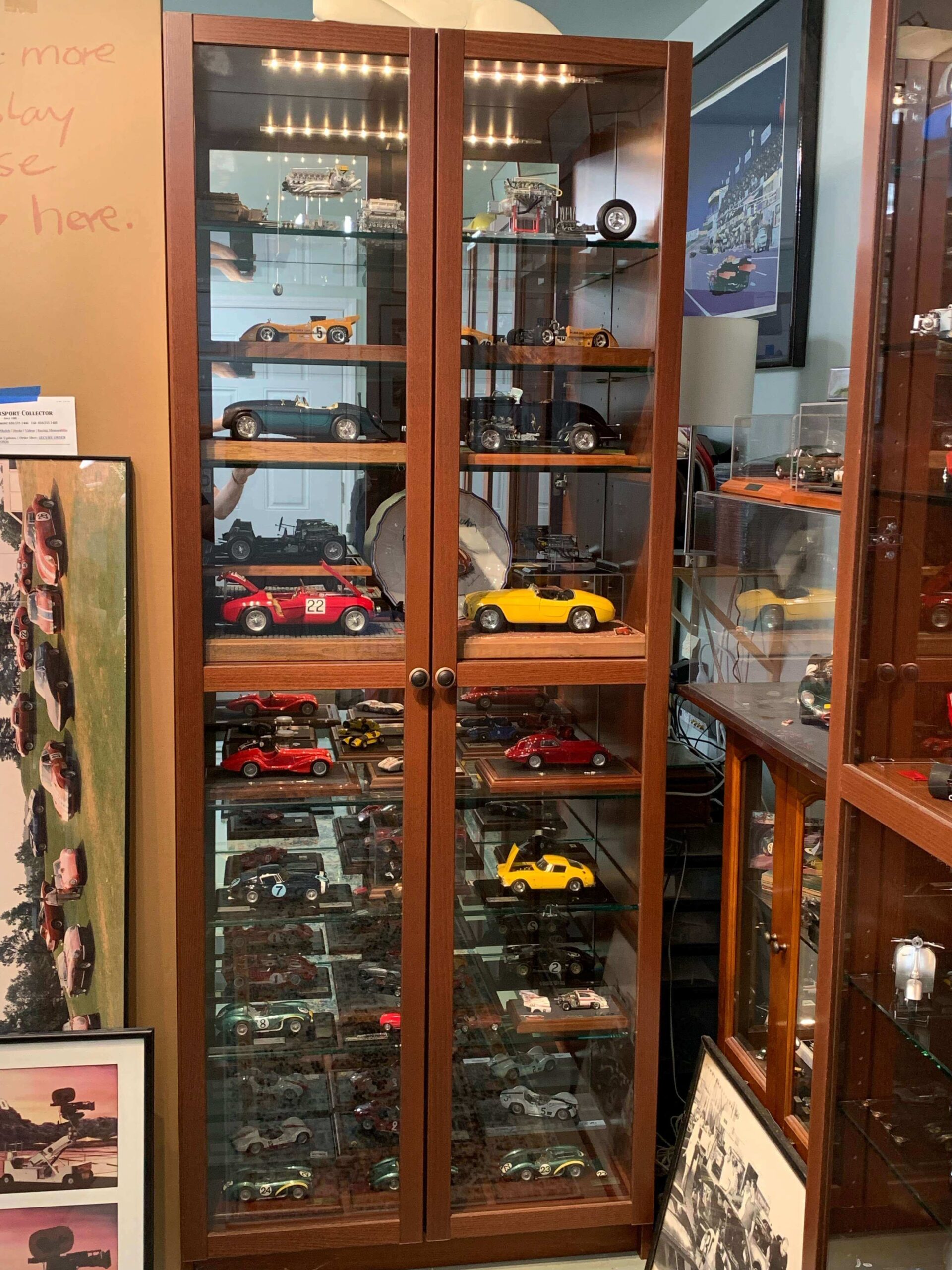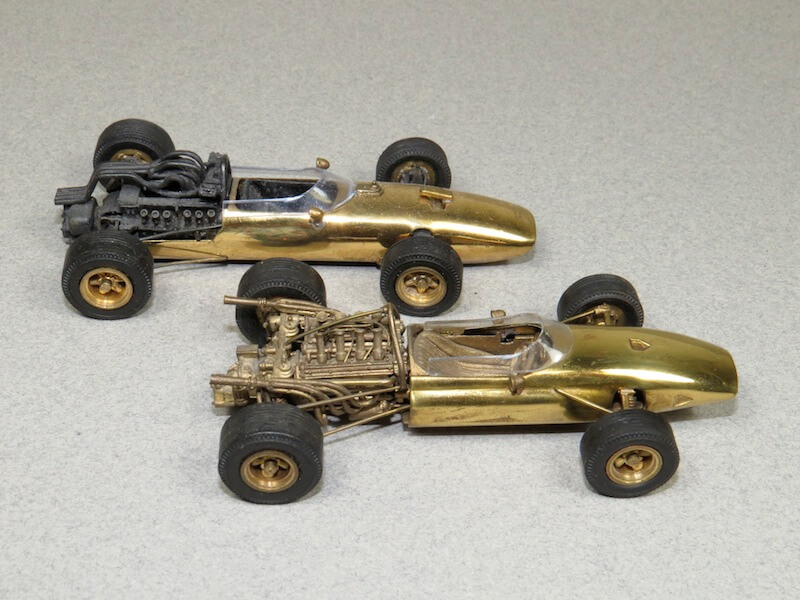Michael Hogan’s love for dollhouse miniatures began about six years ago, when he won a Georgian style Lawbre Rosedawn dollhouse at an online auction in Columbus, Ohio. “Lawbre is a company that specializes in really well-made, museum-quality dollhouses,” explains Michael. “I won [the dollhouse], and it had all this artisan furniture. Once I was home, I noticed many of the pieces were dated and signed. I did research and found out it was very collectible and worth a lot of money. This was exciting, considering I only paid $500 for the dollhouse and furniture.”
Artisans who create furniture for dollhouses are from all over the world, and often have a special focus – such as lamps, furniture, or pottery. The pieces can sell for thousands of dollars for one small item – this is because of the amount of work and attention to detail that goes into the creation of each piece. The cost of artisan pieces makes this hobby quite an expensive one. Some collections have sold at auction for half a million dollars.
Michael was captivated by this world he had discovered, and a new passion for collecting was born. He began researching further and looking at dollhouse auctions online on platforms such as, dollhouse auctioneers, eBay, and Etsy. “I started collecting more as I learned the trade and my style,” Michael shares. “Now, I have three dollhouses and 25 room boxes in my collection.”
A room box is a single room that displays a collection of miniature furniture. Many people collect room boxes because they are more manageable than a full dollhouse and they take up less room. “I’ve collected more room boxes over the past six years because I like a variety of décor styles, especially traditional and primitive,” Michael explains. “Sometimes, you can sell a room box for more than an actual dollhouse if it’s designed well and built by a well-known miniature artisan.”
“I think what I like about miniatures the most is I get to utilize my love for architecture and interior design,” shares Michael. “It’s almost like being a real architect and interior designer.” After doing his research using home decorating magazines, Michael draws up a design – much like a floorplan. He shares the design with a room box maker in Tennessee who builds it, which includes doing the electrical work and painting. “It can take about six months to complete,” Michael shares. “During that time, I commission other pieces. The pieces are very detailed, and they look like they are made for a real life-size room.” Michael works with dollhouse miniatures that are 1-inch scale (1 inch = 1 foot), which is the most common scale for collectors to work in.
Many people are amazed when they discover the world of dollhouse miniatures. With artisans who are well-known in their arena and gorgeous, realistic-looking pieces selling for thousands at auction, it is quite a fascinating hobby. “It’s such a great art form, and it’s just amazing what these artisans can do,” says Michael. “I have a gentleman in Spain who makes metal coffee tables – anything metal. I have someone in England who makes my appliances. I have people all over the world who help design stuff.” Michael also works with up-and-coming artists that sell on Etsy. “If someone is really good, I’ll display their pieces in my room boxes.”
Michael is very particular about the pieces he curates for his collection, only selecting items of the highest quality. “My main mission and goal is when you look at the picture, you can’t tell it’s a miniature.” His collection may also be one of the larger collections in existence. Besides his Lawbre dollhouse and his room boxes, Michael also has a gorgeous Cape Cod dollhouse that he won in an auction in Massachusetts. “The detail is stunning! The moldings, the shingles, and the windows – everything is just beautiful in it.”
Although many of the older artisans are retiring or now deceased, Michael is excited to see that a younger generation is stepping up to the plate and showing interest in this very niche hobby. The hobby is also being recognized on social media, as well as in print and on television. There are TV shows dedicated to miniature competitions, and even celebs have shown interest. “Recently, Katie Couric began following my Instagram account,” Michael shares. “That was very exciting to me when she recognized my work on her Instagram feed.”
Even among non-collectors, Michael’s collection sparks a fascination. “I think a lot of people don’t even know this hobby exists,” Michael explains. “People that have no interest in dollhouses are so impressed when they see these creations. I think it opens people’s eyes to how many talented people there are out there who make small things.”
Get an even closer look at this incredible collection by following Michael on Instagram.

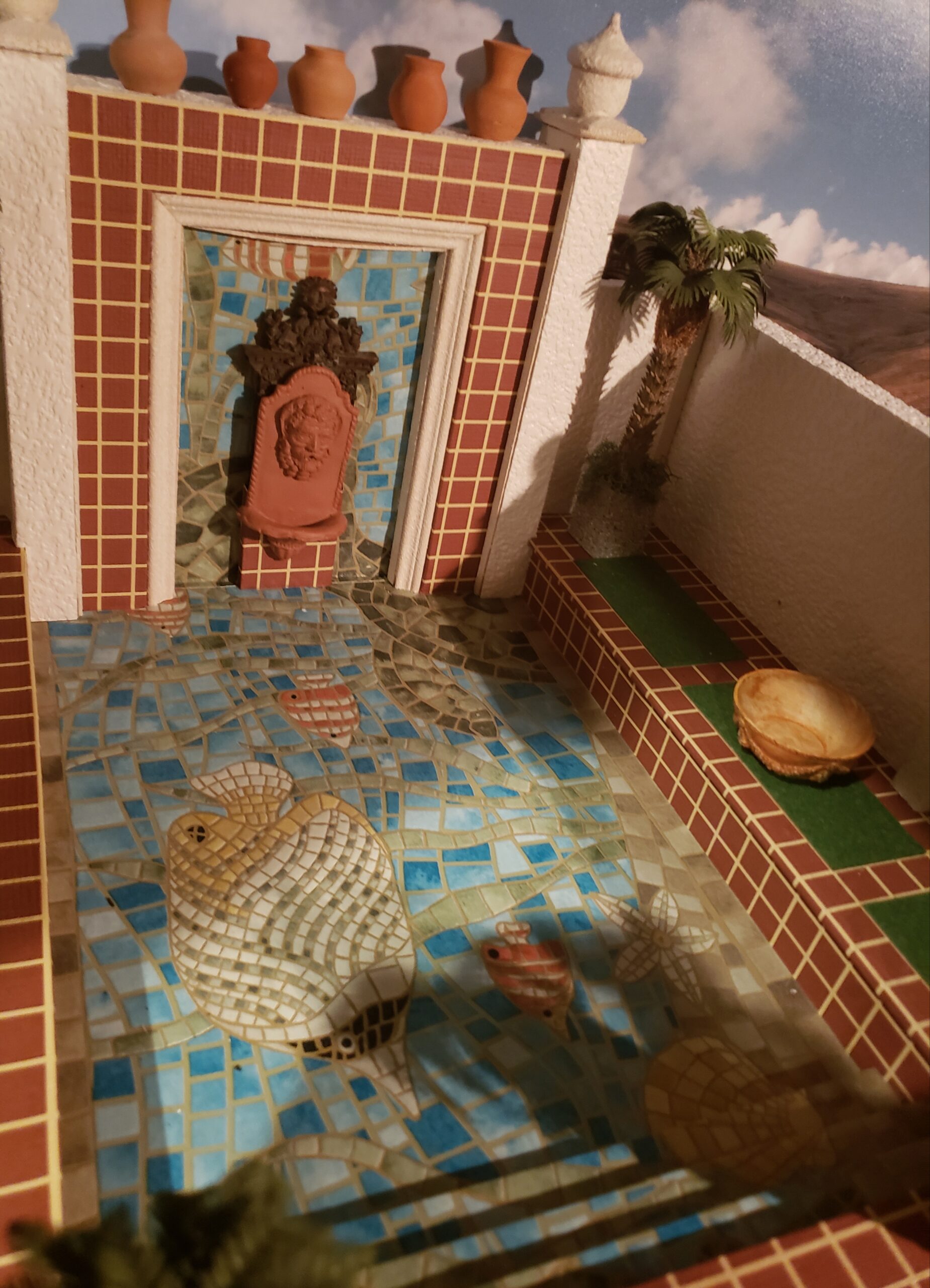


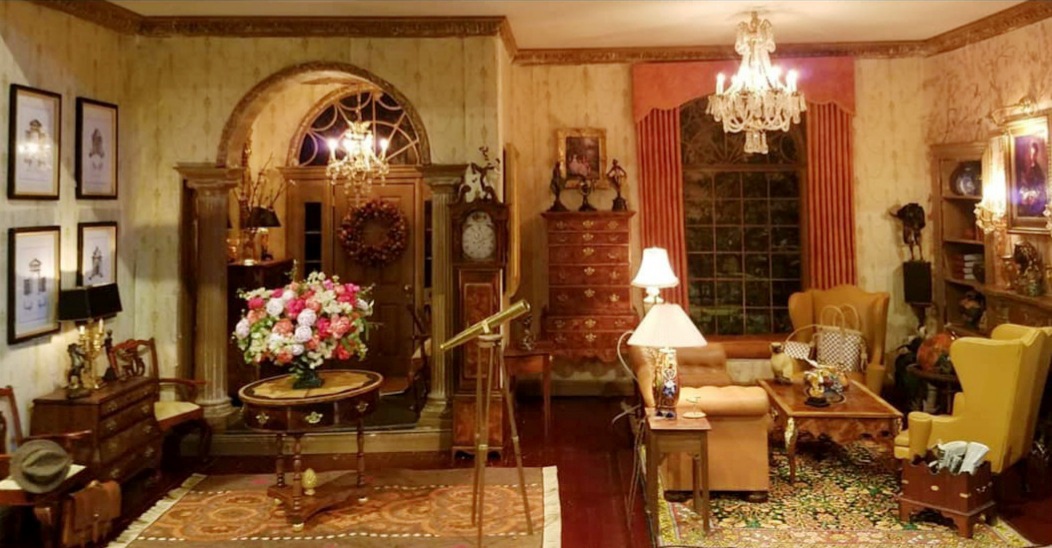
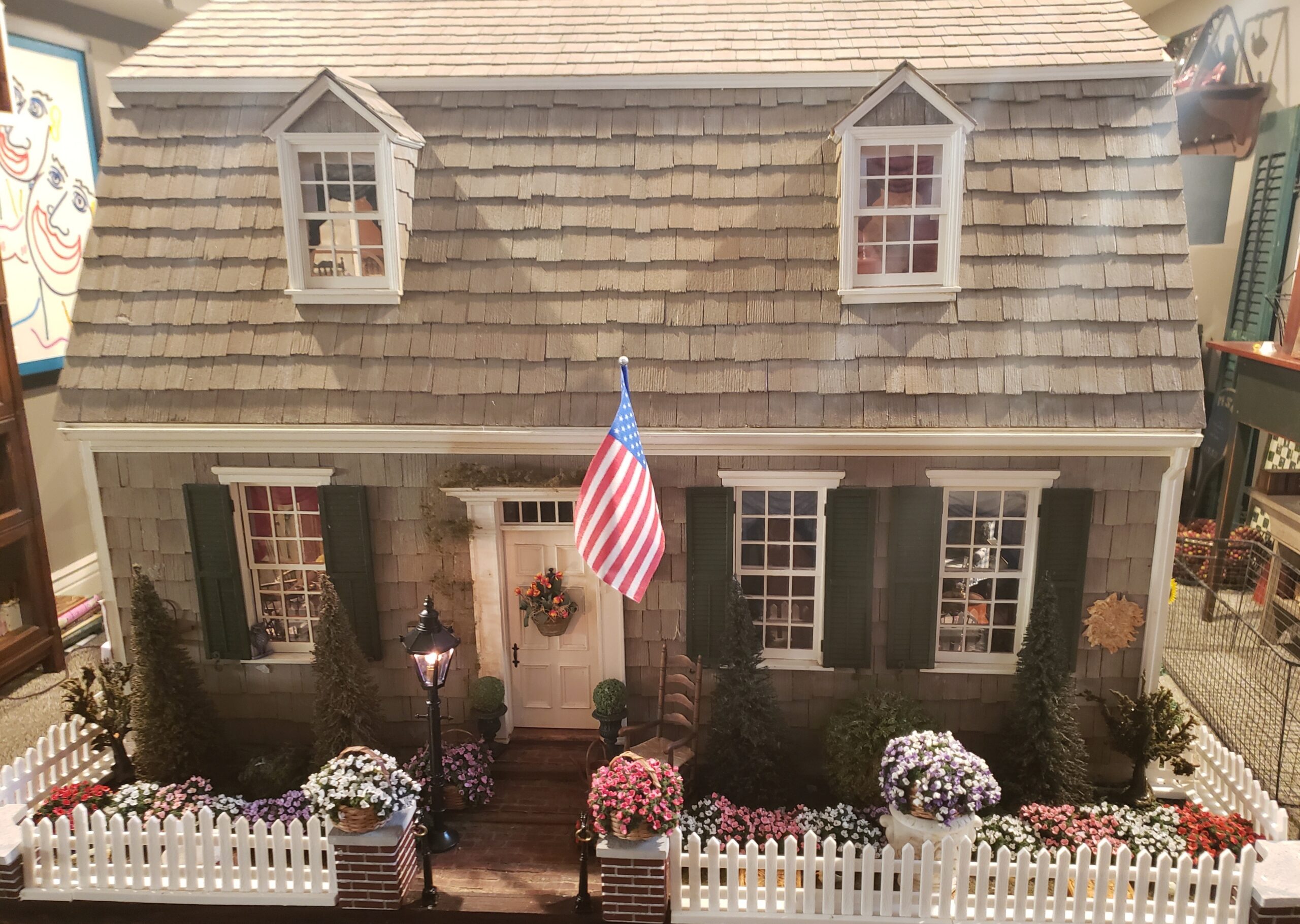
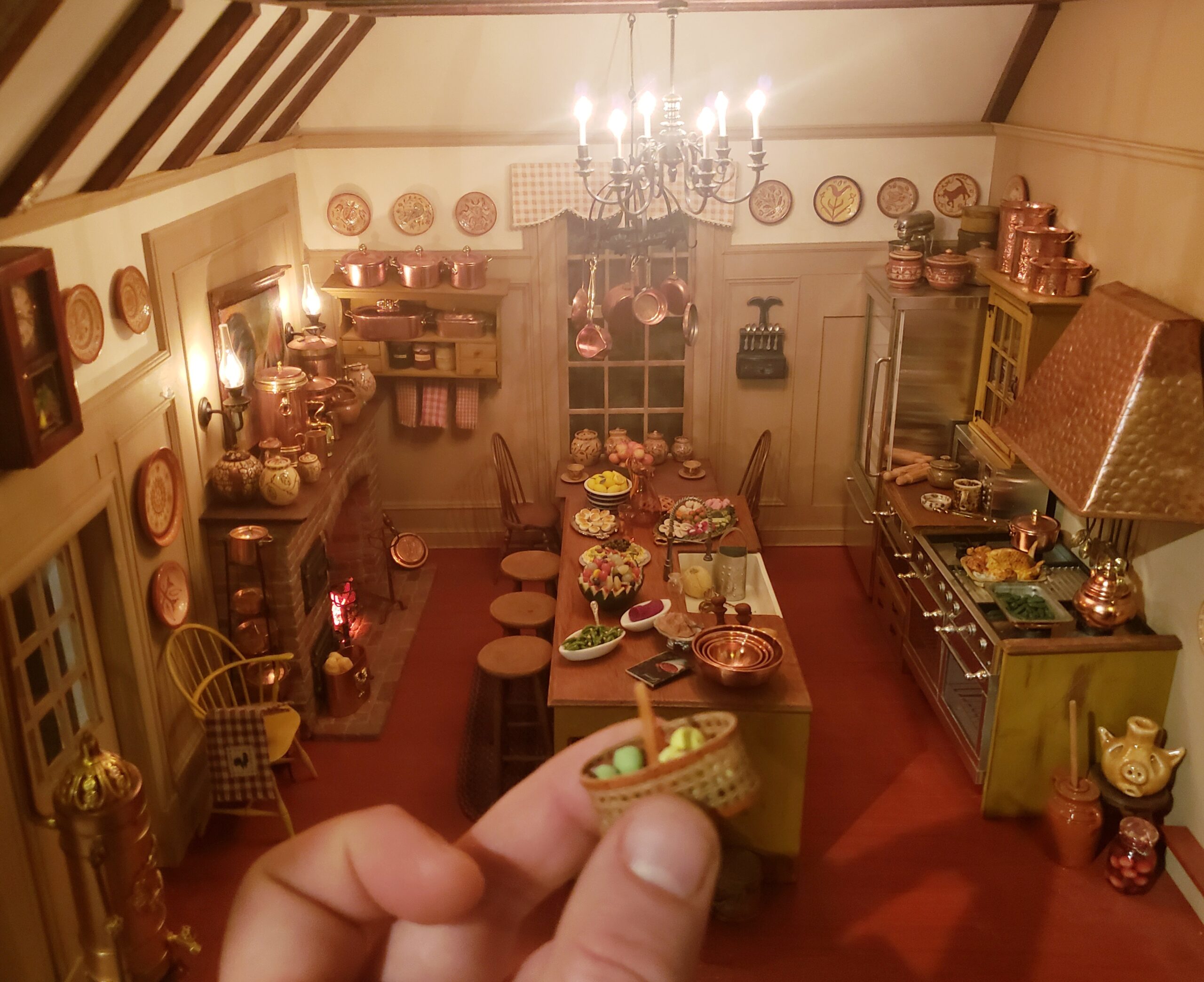


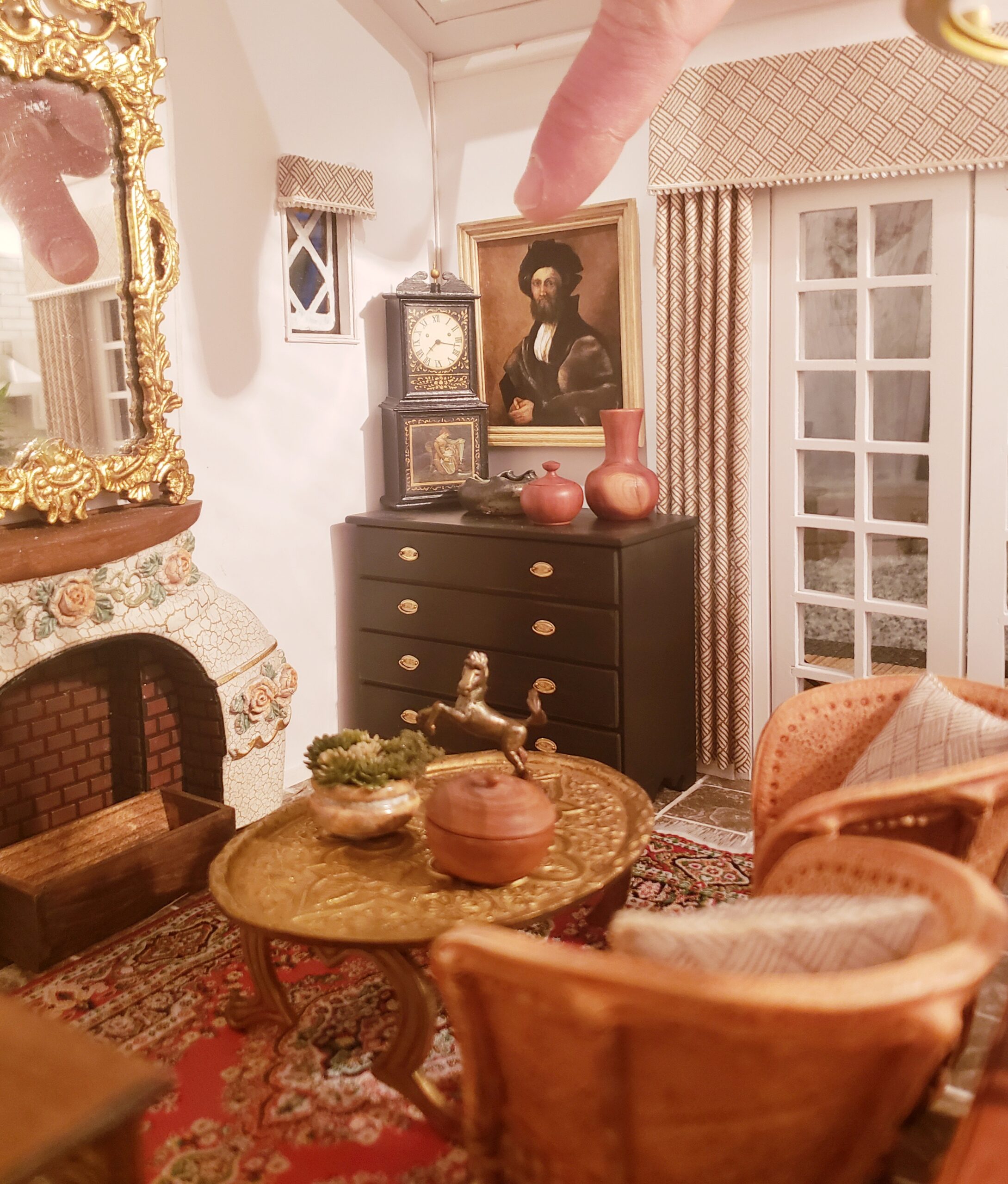
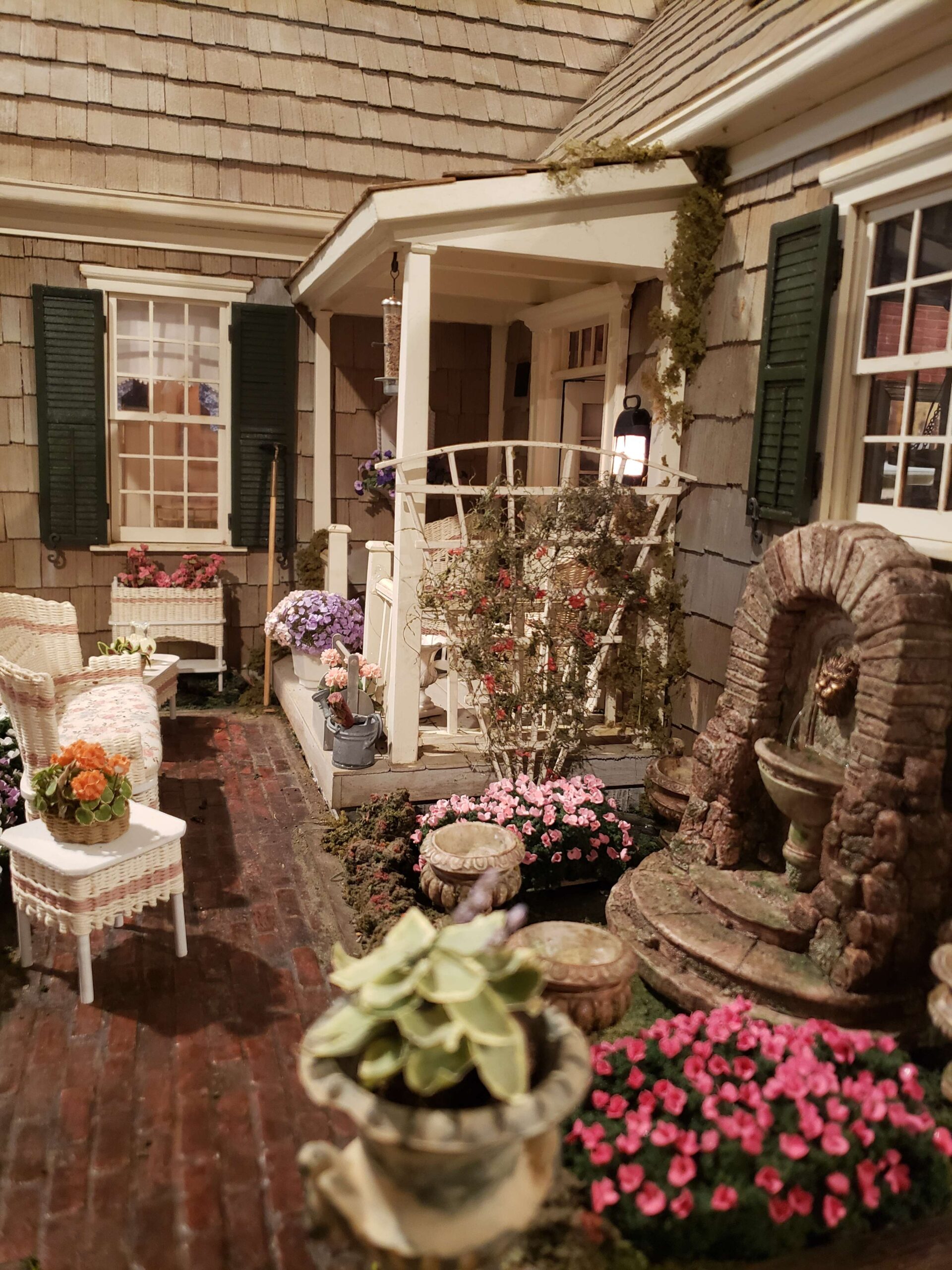
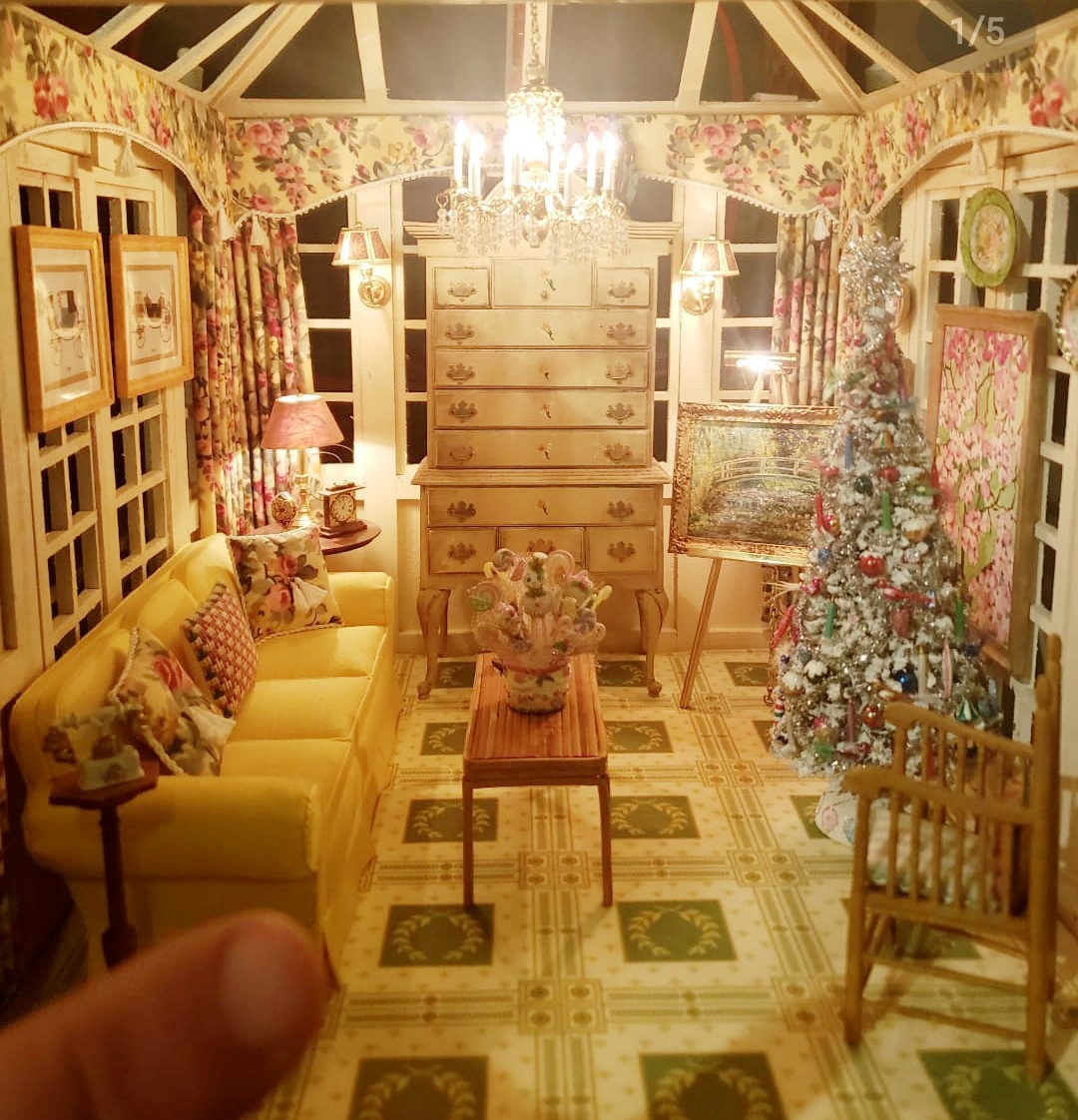

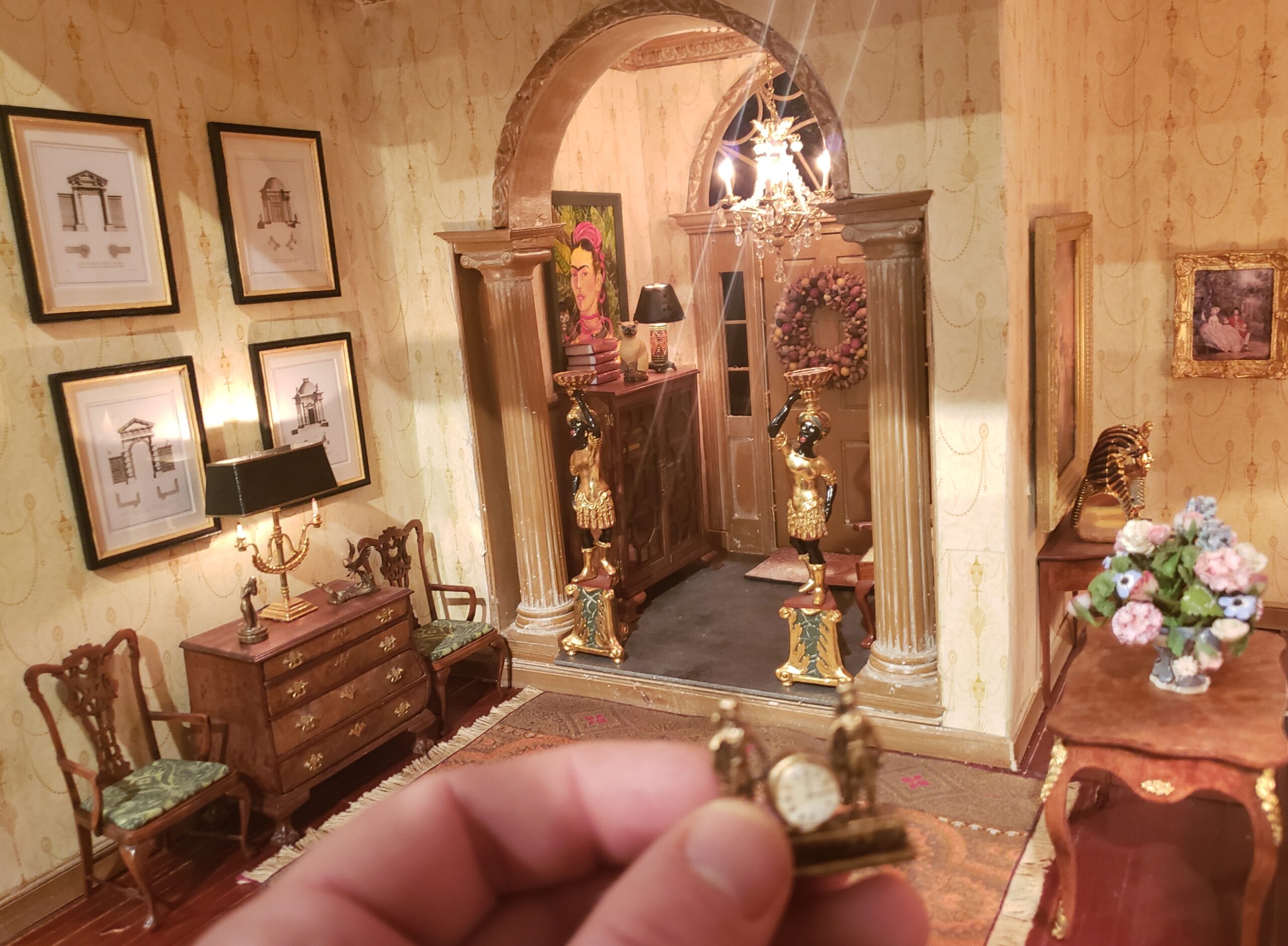

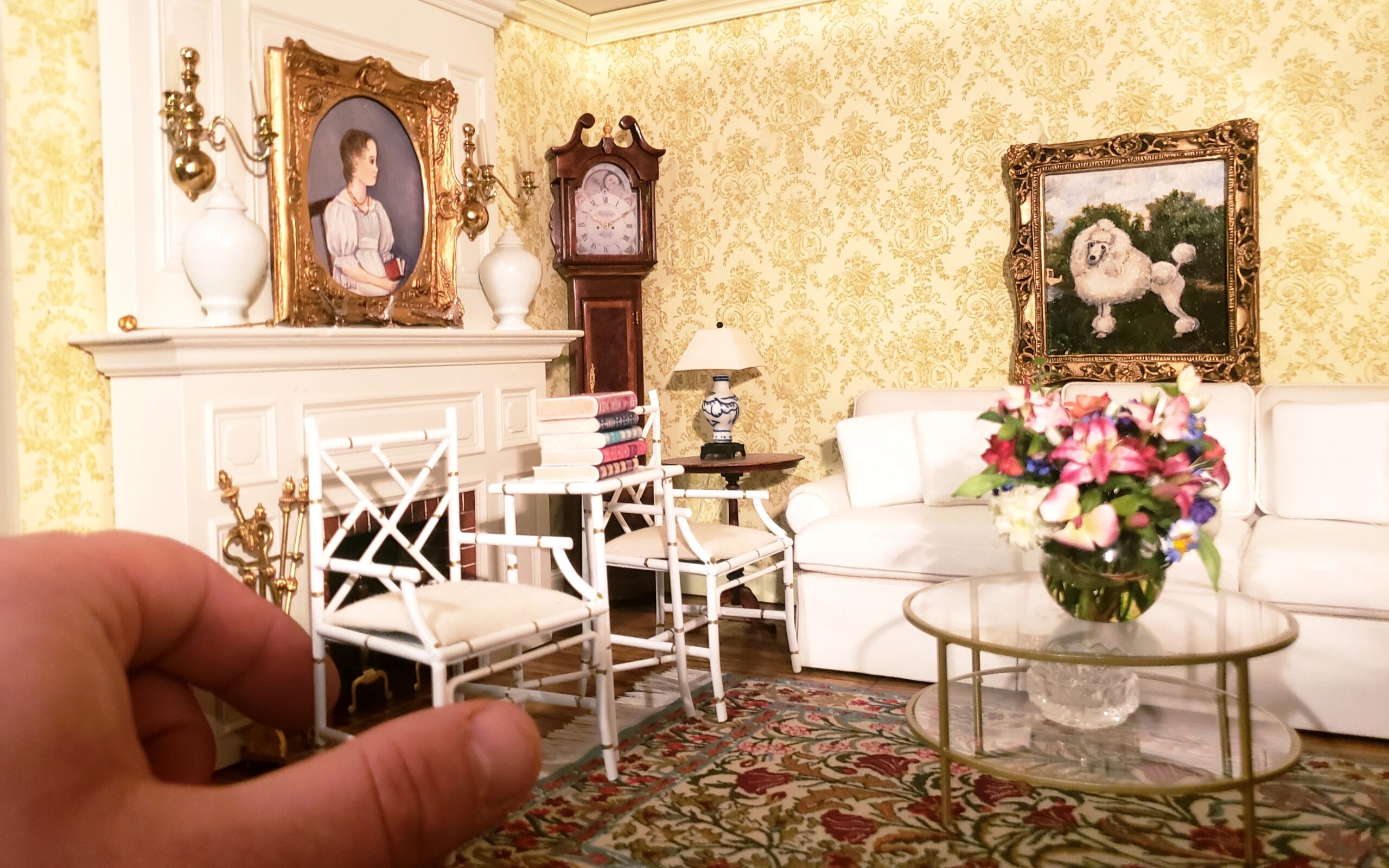

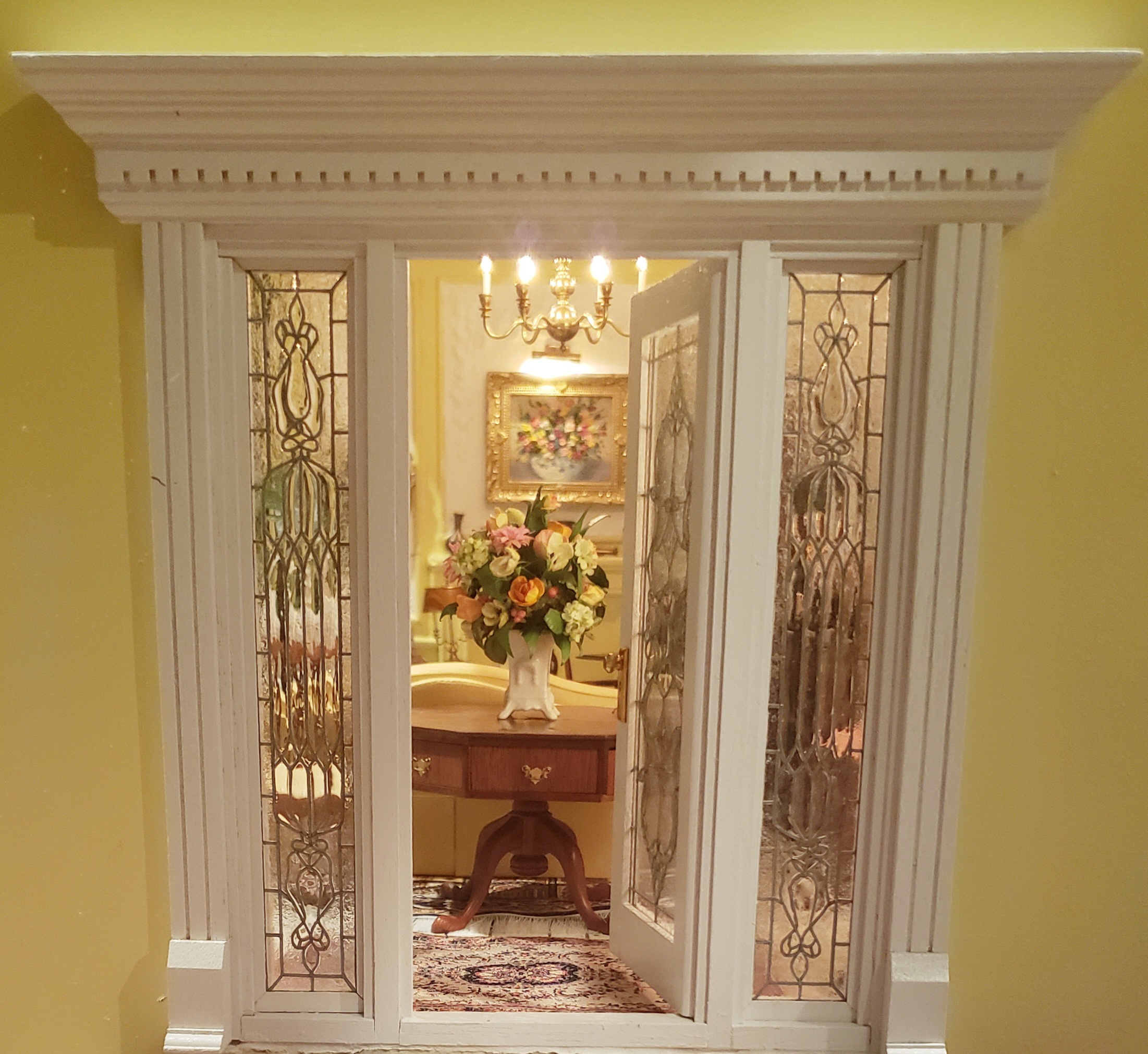
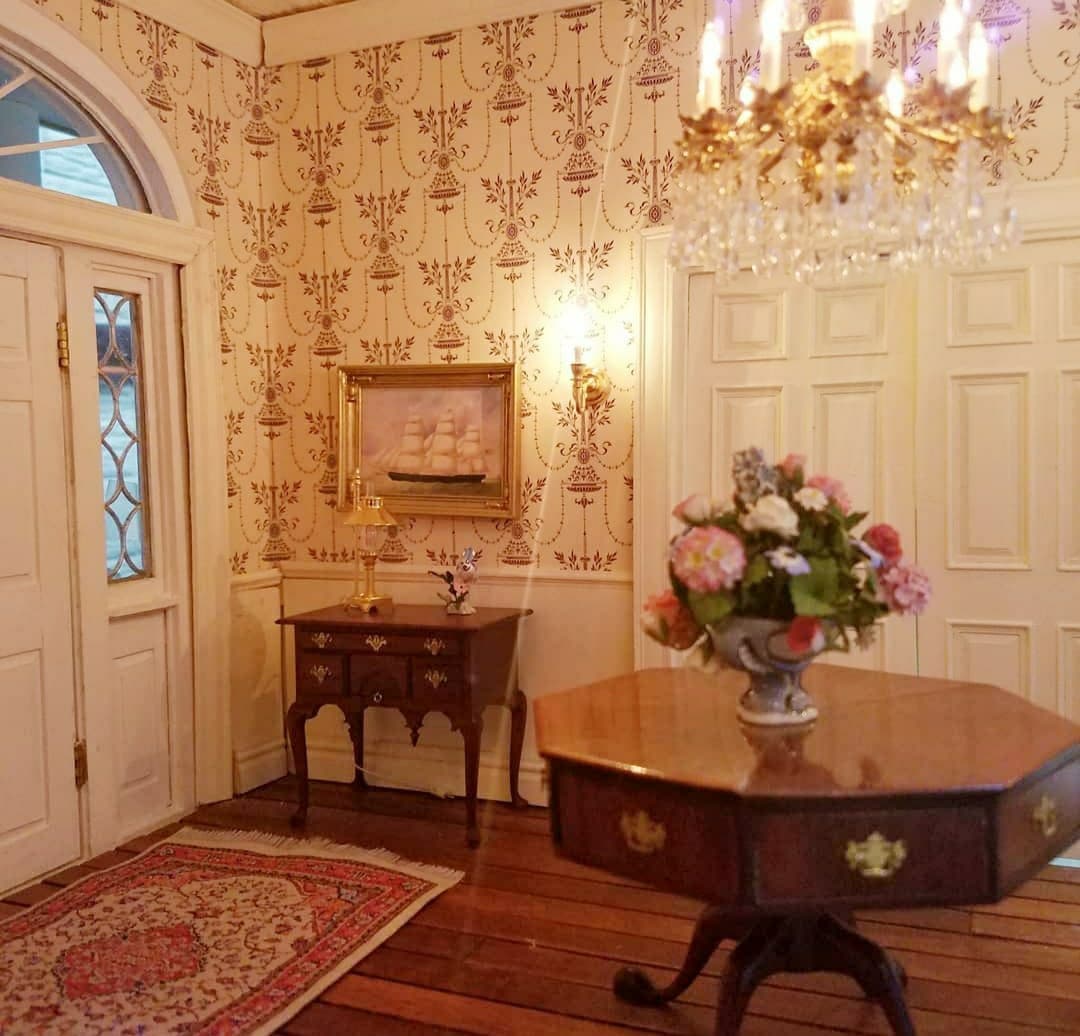
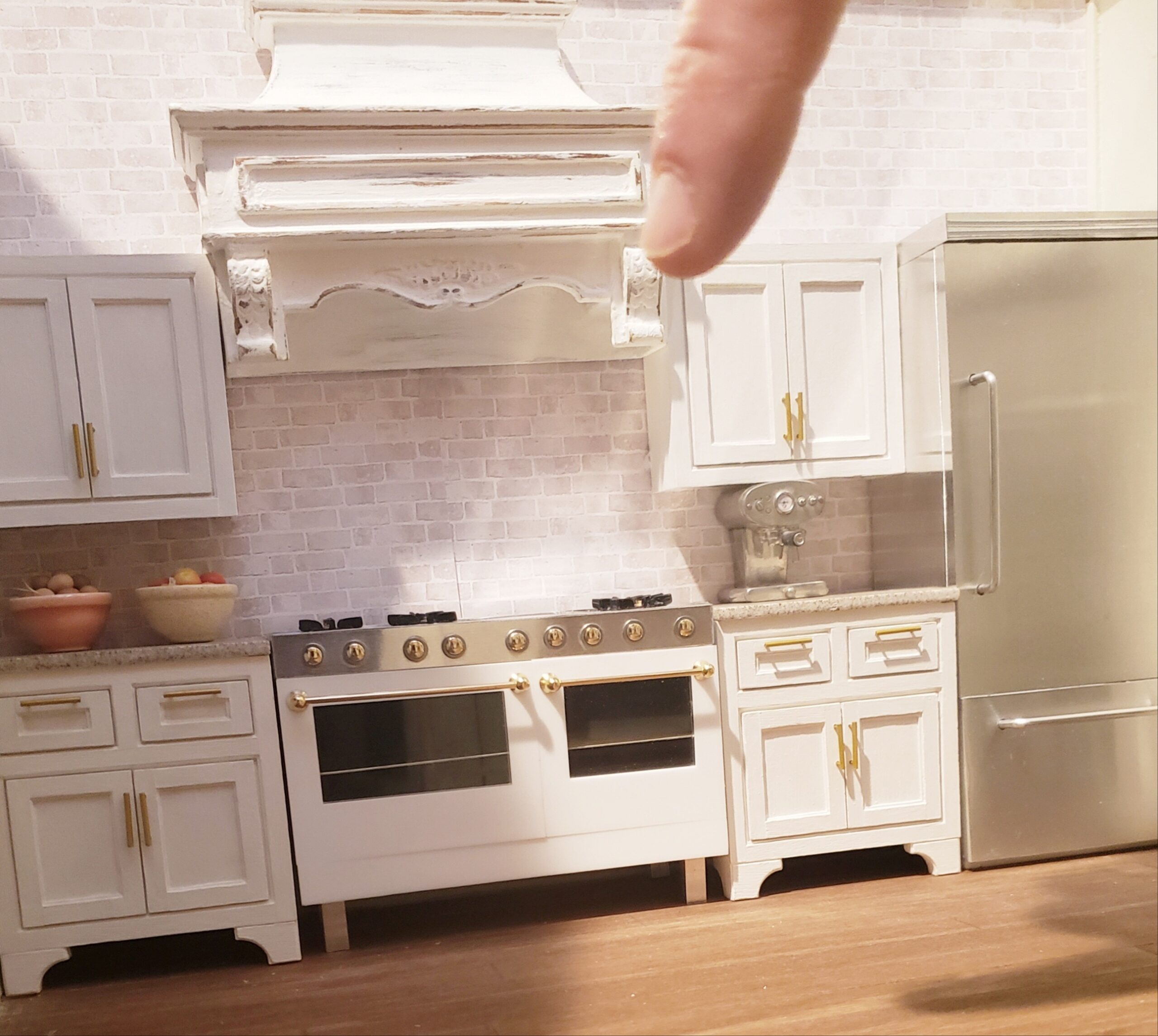
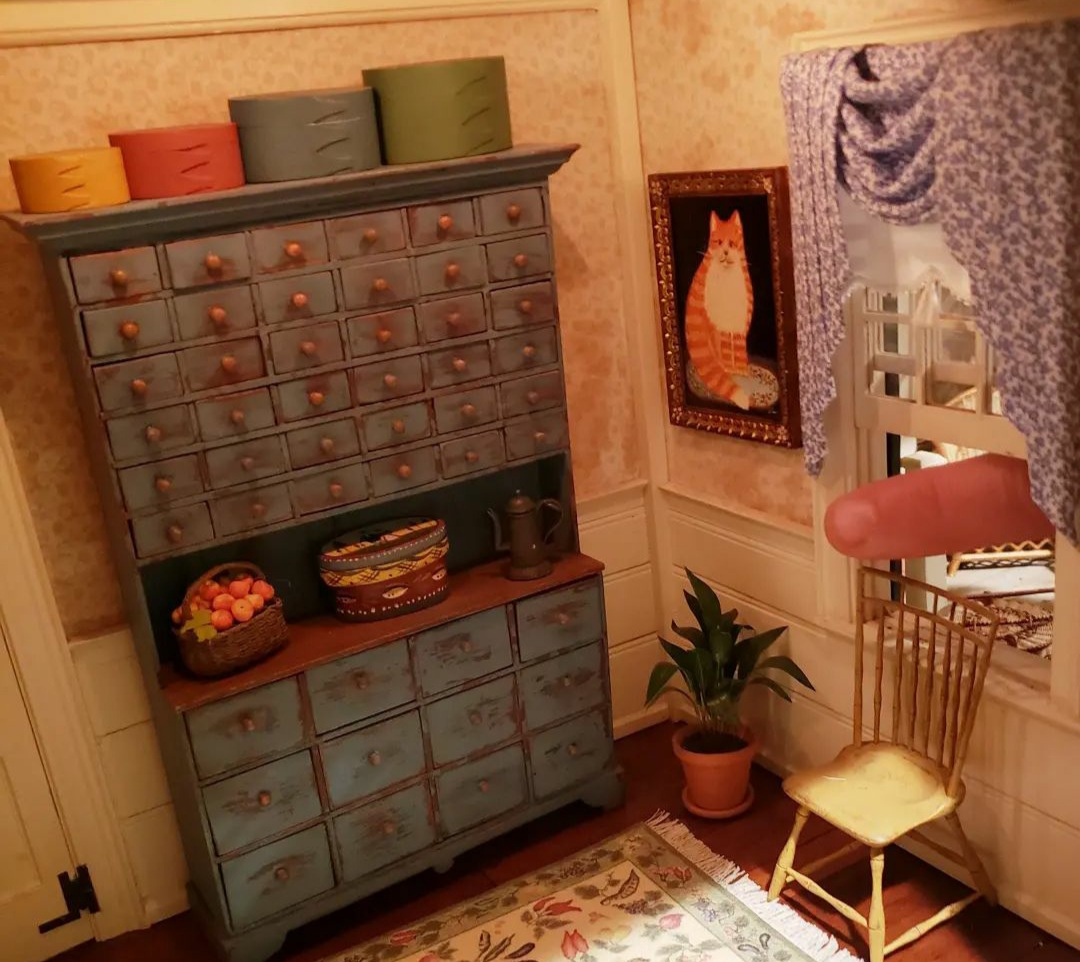
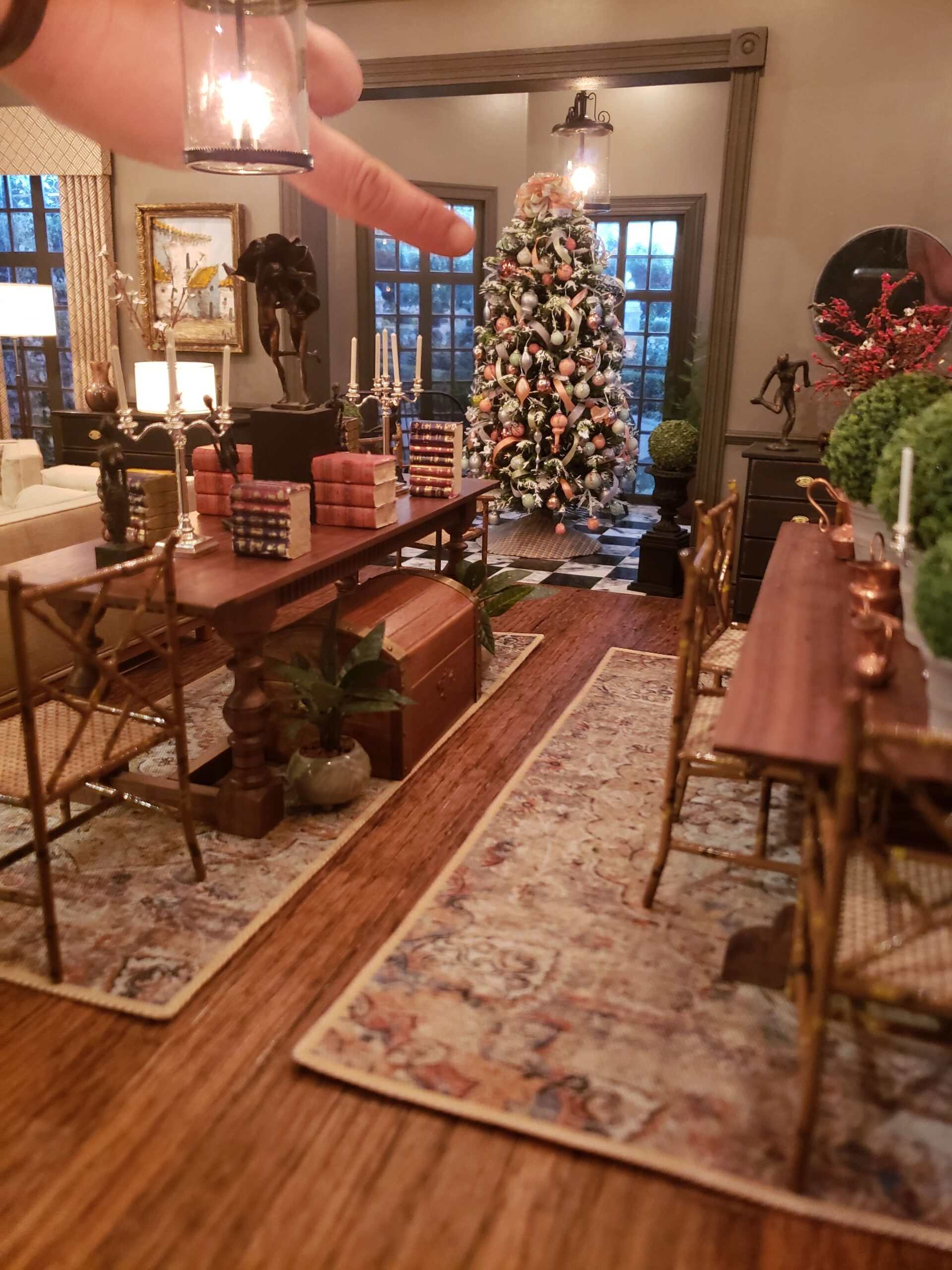

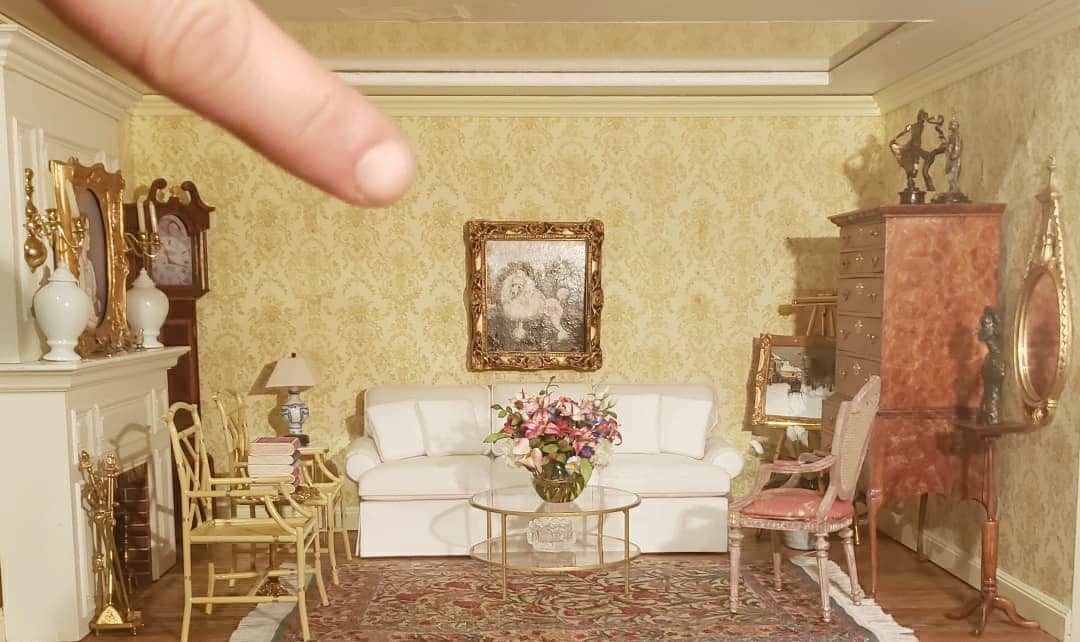
Collectibles Insurance Services was founded by collectors, for collectors! Homeowners insurance often falls short when it comes to providing coverage for collections, so that’s where we step in. We help insure collections of all kinds — from LEGOs to sports memorabilia, and comic books to toys, and so much more.
Find out what types of collections we insure or get a quote today!
